Vietnam… We’ve been exploring around for three weeks already. From the hot and busy delta where we ended our 2500km-on-foot Mekong adventure, to the bright golden streets of relaxing Hoi Han or to the dark impressive beauty of Ninh Binh, sister of Halong bay, we’ve seen many wonders that made us fall in love with this amazing country. « What to do next? were we wondering, sitting on the small pink plastic stools of a local café Viet’. We still have one week to go on our vietnamese visas. » The enthusiastic guidebooks we read on the train told us all the same story: DON’T MISS HALONG BAY, you dumb tourists! Because you definitely can’t do that when visiting Vietnam. It’s forbidden (or nearly). So go now. Don’t hesitate one minute, it will be your one-in-a-lifetime-adventure! Did we already tell you you have to go? What are you waiting for? And so on, and so on… So that was where we were first heading. Except that, like in every travel, plans tend to change. In that case, the weather was so incredibly november-like that we had no choice but to look for another destination. Clearly it appeared that our best option was to head north… Mountainous Sapa seemed quite alluring at first, but we turned it down soon enough when we realised it was overflowed by a boundless crowd of tourists disappointed by the marine forecast. Looking down at the map, a name west of Sapa soon caught our eyes…: Ha Giang! Ever heard of it? Well I guess going there happened to be our best decision of this whole trip…
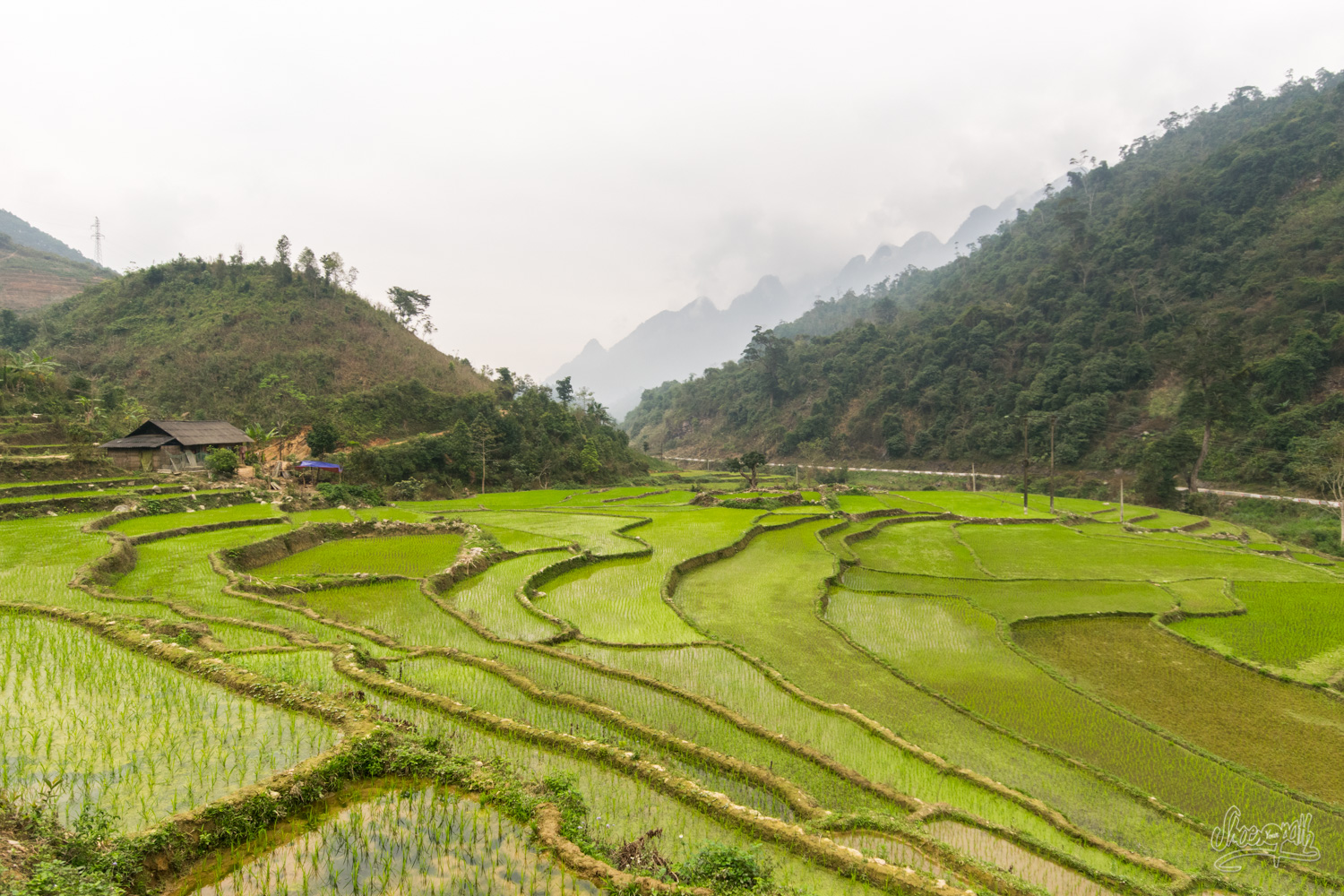
Ha Giang
As usual in Vietnam, our sleeper bus arrived in town way after the autorized curfew of Miss Cinderella, but fortunately (and unlike in Myanmar a few months ago) Viet bus drivers let you sleep in the bus until 5am, before driving back the way they came. So there we were, strolling in the boring streets of Ha Giang early morning (in case you where wondering, it’s prounounced Aziang) after having eaten a fortifying vietnamese breaky, a bun cha, which is a kind of soup with meat balls. What kind of meat? Don’t ask. Soon we met with Quang Tan, a spirited young man owning the brand new motorbike rental shop QT Motorbikes & Tours… An hour later, we were riding beautiful semi-automatic 110cc up the mountains! Leaving town was a kind of relief and we were smiling broadly going up the windy road disappearing in the heart of mountainous north Vietnam. Facing very bad road conditions and highly drunk drivers, we never drove fast and anyway it wasn’t necessary at all, for the landscape soon appeared to be nothing else but one precise thing: AMAZING! Try to imagine our first kilometres on the road: on our right hand-side, a crystal clear river flowing quickly down the slope. On our left-hand side, a narrow plateau covered by the electric green of growing ricefields. Surrounding us, dark sharp peaks reaching up at the clouds on which patches of blue-green trees were desperately trying to claw at this unwelcoming mineral environment. Simply breathtaking…
During the first day, the weather was that good. Certainly to support the poor Halong bay, a dense fog and thick clouds were sticking on the mountains. Out of Ha Giang, a river runs along the road. We are now riding our motorbikes on an old winding narrow road, slaloming between holes in the bitumen. On our right, the river is still flowing on its bed of rocks. On our left, a little plateau is cultivated in large flooded ricefields terraces dotted with small wooden houses. Tall dark peaks frame the landscape and abruptly go up to the sky before disappearing in the thick cloudy cover. We cannot remain indifferent to a landscape of such beauty, so we’re not progressing very quickly, making regular breaks to admire this tragic and contrasting panorama with winter colors strongly slashed by the violence of the electric green rice paddy.
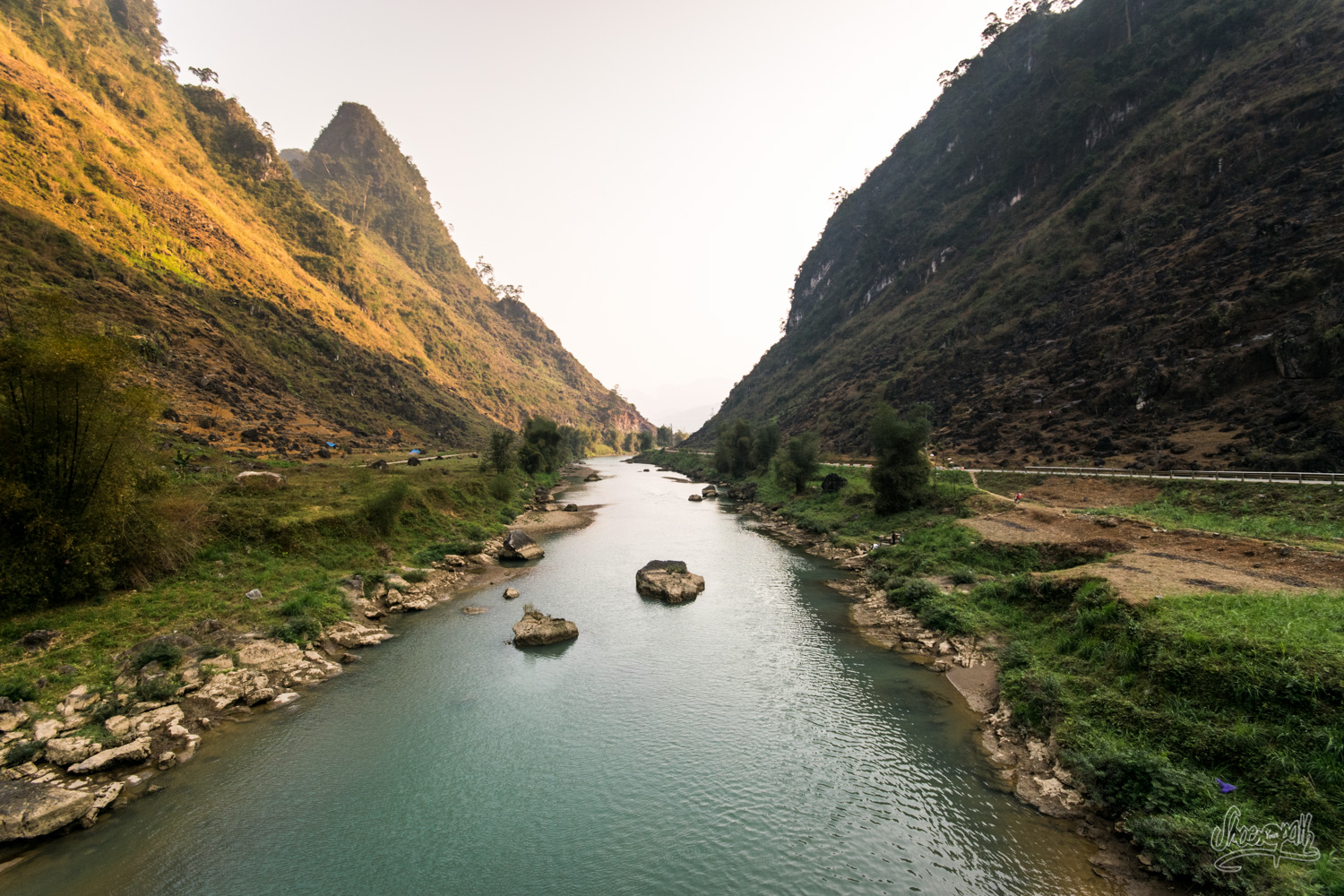
The locals we met on the way were all from ethnic minorities and most of them belonged to the Hmong people, an ethnic group that can be divided in different branches: the black Hmongs, flower Hmongs, green Hmongs… But we also met people from other groups, like the Lolos or the red Zaos. Women were dressed with beautifully embroidered clothes and colorful headdresses and men were wearing dark cotton costumes tinged with indigo. Oddly, we also met many albino people during this trip whom we found as beautiful as they were fascinating. But we sadly understood that this difference of melanin was not so well perceived by the locals and those poor guys often seemed rejected by their own people. Humans are always the same all around the planet, really…
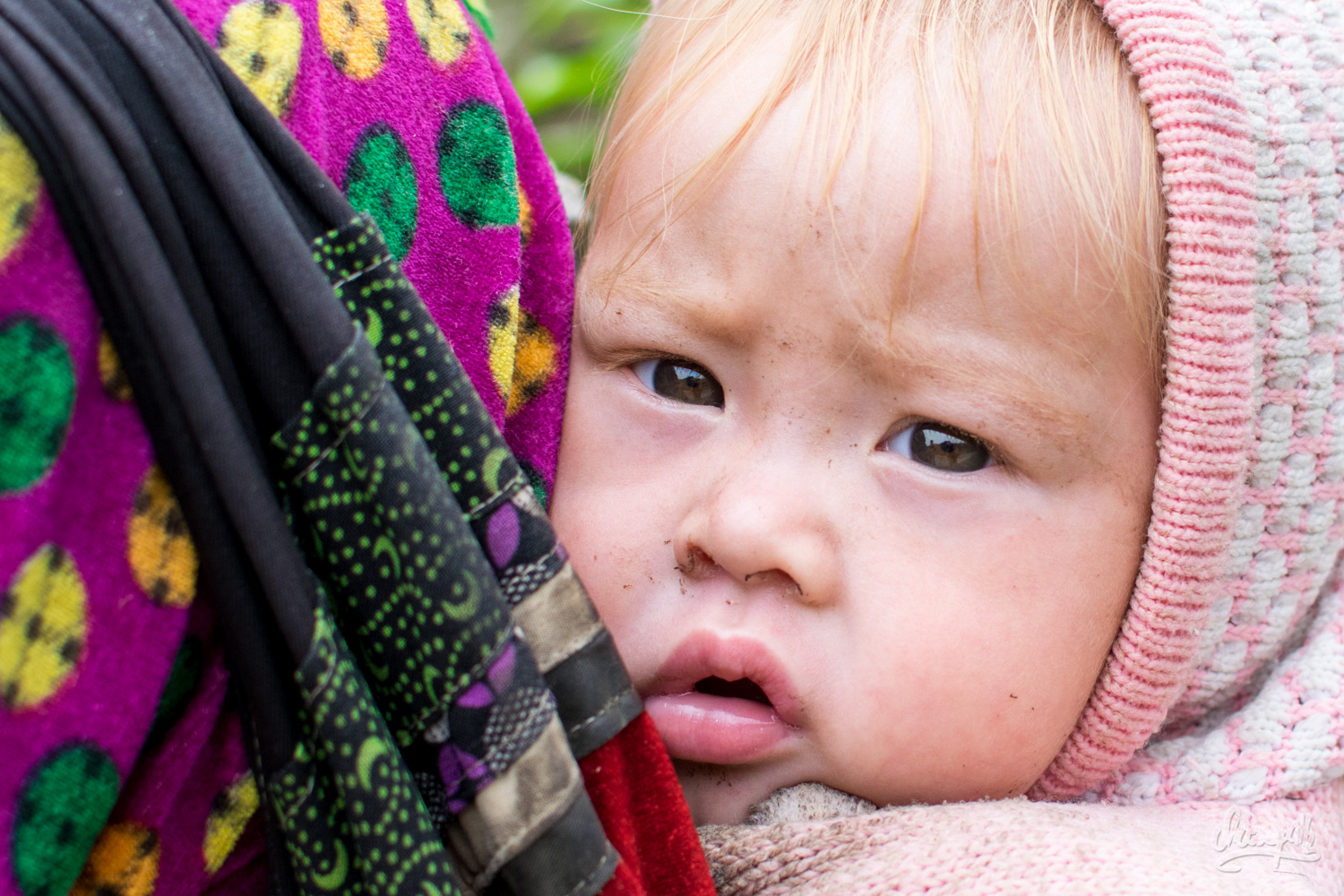
The road leaded quickly up the heights. The air was brisk and we finally ended up taking a bath in a sea of clouds. We tried to drive even more carefully, for the road turned and turned spagetthi-like, and finally we reached the first « sky gate ». This pass up the moutains offers fantastic views over the valley of Tam Son. Down in the valley, hundreds and hundreds of metres below, an enormous and enticing bossom, pointing out of the fields. We didn’t know what kind of goddess this fabulous pair of boobs belongs to, but it certainly adds something special to the landscape.
At the foot of this twin breasts sits the small town of Tam Son, which we found to be quite a good place to settle down a base to explore the area. First of all, there is a very nice vietnamese coffee shop and second, you can find there a tiny local restaurant where the food is as excellent as the owner is nice and beautiful!
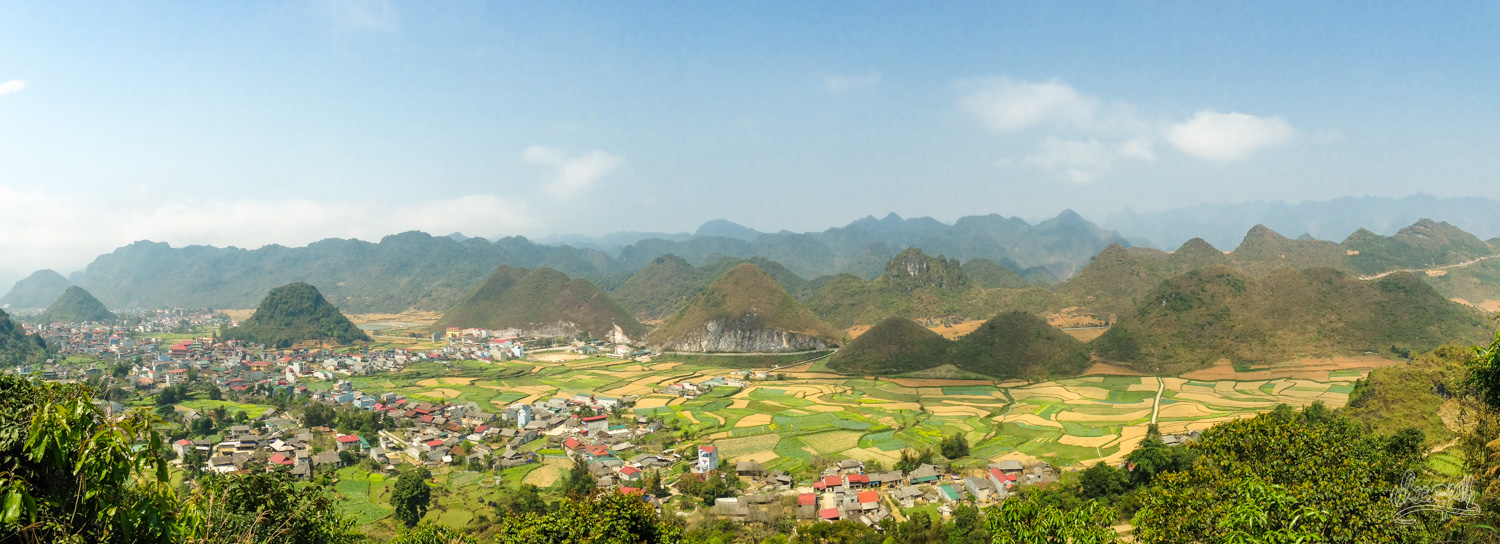
In the villages
Other than the small modern towns where any visitor can find food, petrol and accomodation, the area is scattered with tiny ethnic villages. We stopped in many of them along the way, choosing them randomly, depending on the road taken.
Always a bit leery at first, the locals relaxed and showed signs of keen curiosity as soon as they understood that we were there to meet them honestly and not just passing by and taking pictures as if their village was a kind of giant human zoo. Laughing and hand-talking with them, we systematically ended up in a family house drinking a bit (lots) of strong cereal alcohol, whatever the hour of the day. This terrible beverage seemed to be quite of a nuisance for the mountain people and many times we saw poor guys lying on the streets dead-drunk, even before the clock striked twelve… So you understand it was nearly impossible for us to escape the invitation to share glasses of fire water when visiting villages and it always happened in the same way: we were welcomed in a bright traditional yellow house by a nice smiling family and sitted in the center of the room on small wooden stools.
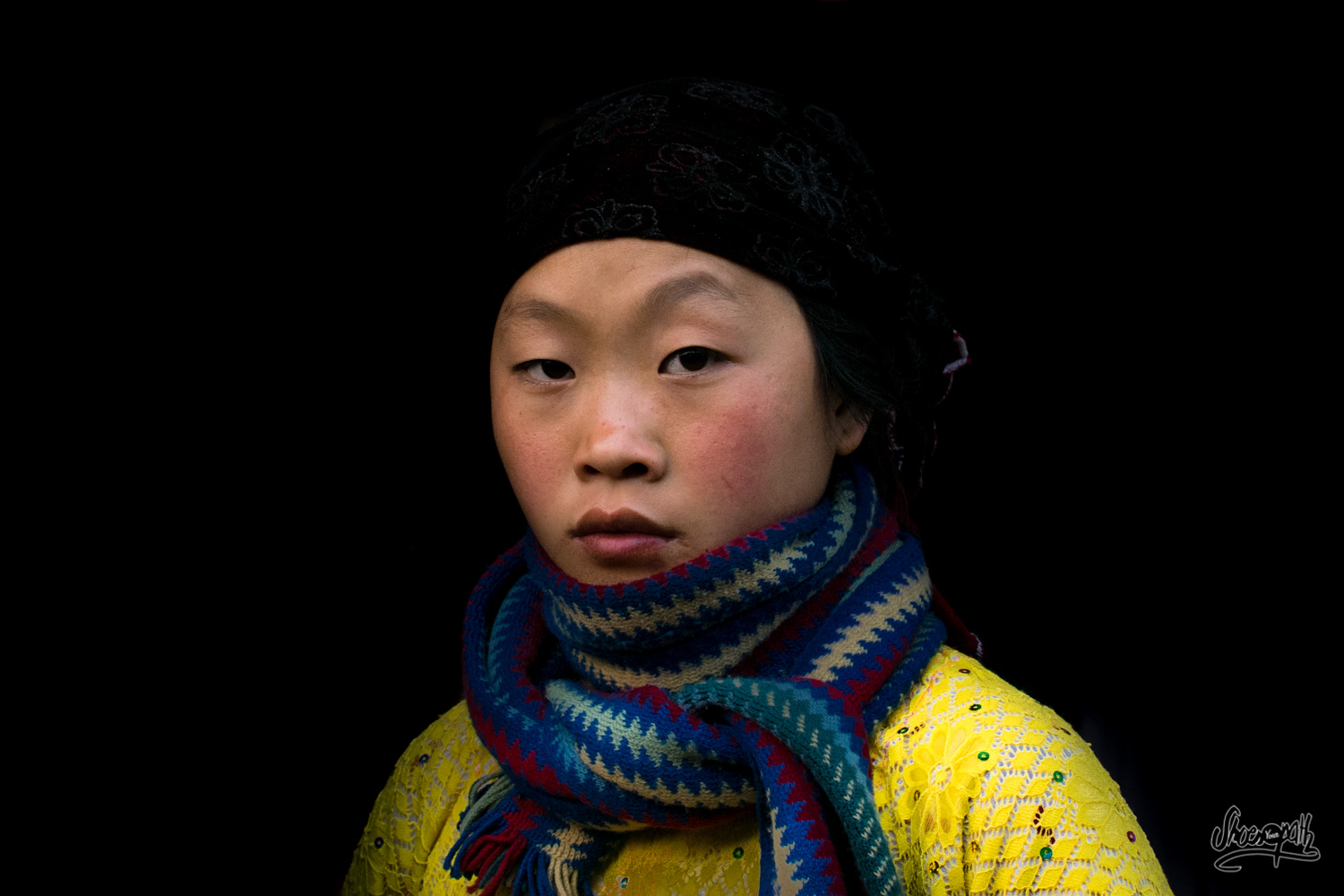
Inside the room, the atmosphere was very different from outside, and the pretty yellow houses turned out to be very dark and unhealthy inside, covered with a thick layer of soot coming from the everlasting fire, with no windows to bring a little bit of light or fresh air in and raw clay under our feet. So there we sat with all the family, surrounded by adorable kids looking shyly at us with their big dark eyes, and then we drank alcohol from a bowl until it’s empty (then refilled) and we smoked a strange kind of tobacco from a huge baboo pipe and we laughed together and tried to talk and get hopelessly drunk. Mystical, nearly shamanic atmosphere… Getting out of there a few hours later, we never missed to go on long walks in the mountains to try to sober up before jumping back on our motorbikes.
The karst mineral landscape was as bewitching as the local inhabitants. The laters were all very busy (when not drinking) in the terraced fields planting buckwheat that would soon blossom and turn the whole area a soft purple. People were working hard under the sun, with no mechanical tools, but only a few cows to help them plow the soil. Even young children helped! Four years old kids handling sickles all day long became for us a common sight. Very few of them will ever get seriously to school…
Ethnic markets
Dear friends, if you want to explore one day this amazing part of the world the best advice we can give you is to visit some of the numerous ethnic markets. It is always a wonderful oppportunity to immerse yourself for a few hours in colourful local traditions, culture and way-of-lives. Starting early morning, the ethnic markets around Ha Giang are definitely warm places where all the people gather to meet, talk, share a glass of fire water or a bowl of local soup. Everyone is wearing his best outfits and the general mood is really high spirited. Absolutely amazing to witness! We recommend to try local markets of Dong Van and Meo Vac which happen every Sundays. There are still very few foreign visitors there for what we saw, so local habits are not hustle by the tourism industry that much yet!
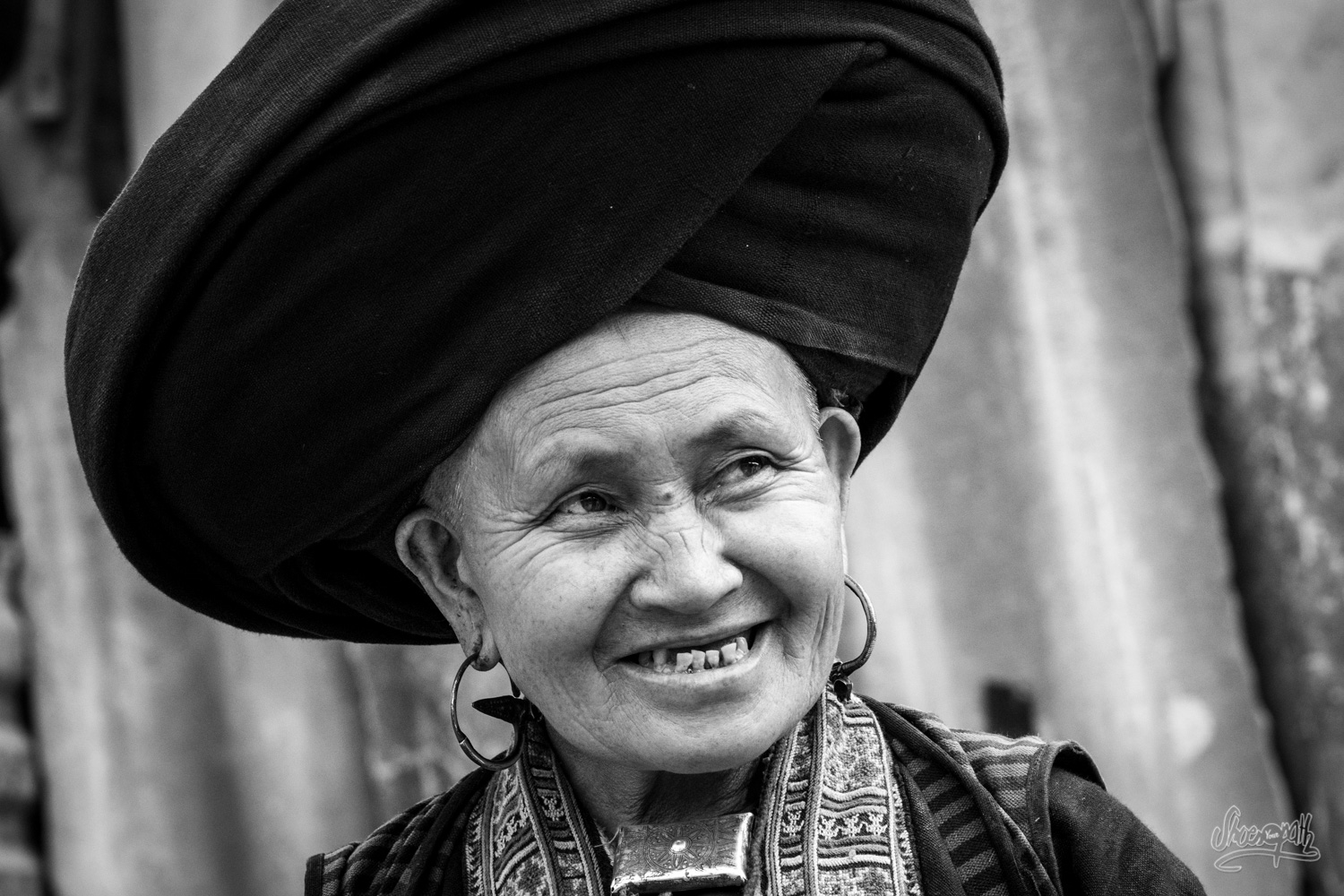
We also happened to visit by chance the pretty market of Lung Phin which is a little bit more off the beaten track and which we enjoyed a lot. There is also the one in Yen Minh…etc. There are plenty of possibilities around if you are in a market mood! In any case, and even if we’ve seen many markets during our 8 months trip in Asia, we couldn’t help to stand absolutely fascinated in front of those very original and typical market places!
Curiosity in Ha Giang area
There are not only unique landscapes and warm people in Ha Giang province. If that wasn’t enough, there are many curiosities that you may be willing to discover when touring around.
For example, there is the palace of the ancient Hmong King, sitting near Dong Van. Nestled in a green valley surrounded by grey karst mountains, it is simply wonderful. The half-Hmong half-chinese architecture and the intricate and delicate patterns of the panelling makes it really worth a visit.
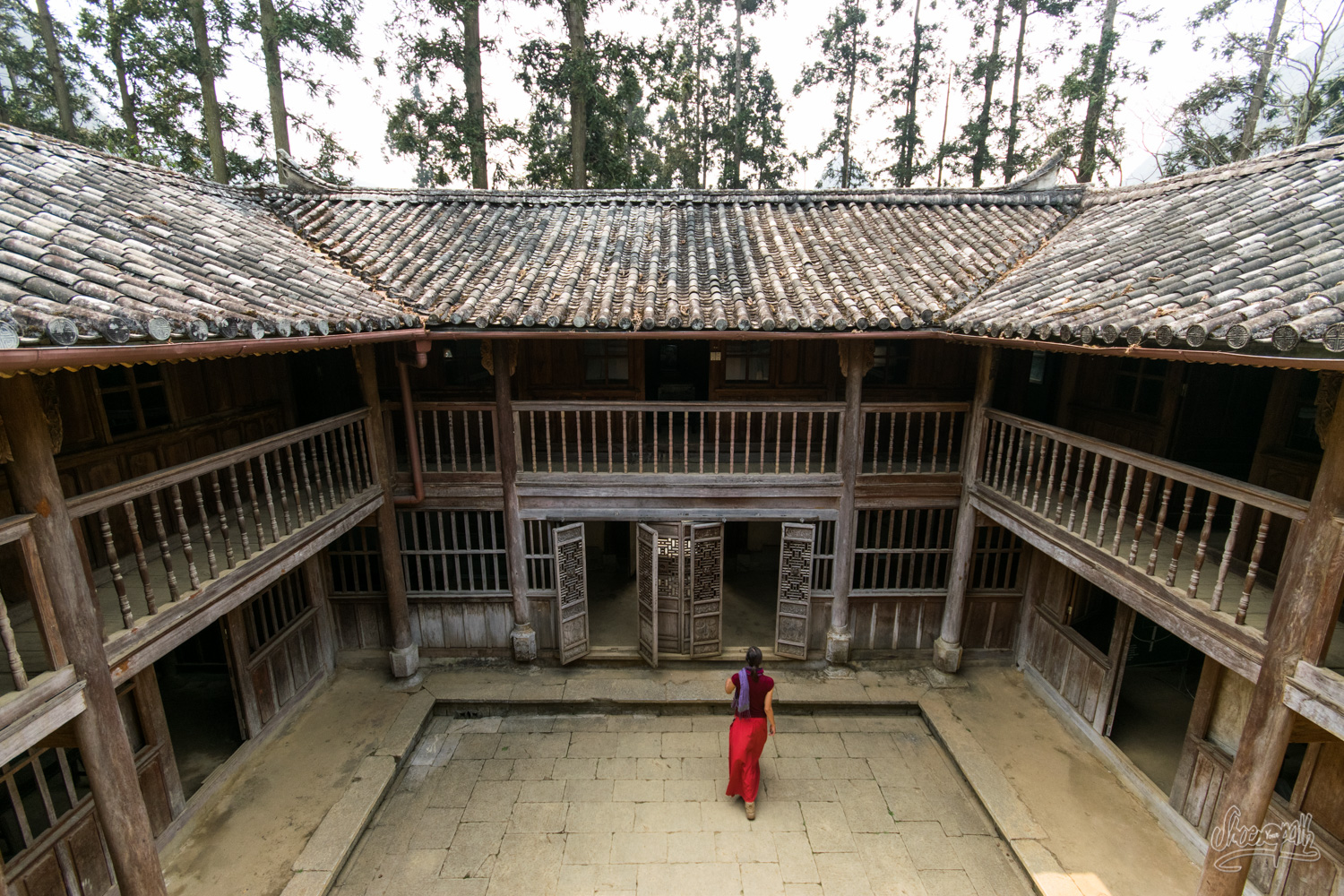
If you get closer from the chinese border, near the tiny village of Lung Cu, you’ll probably notice a gigantic vietnamese flag perched on top of a not-so-small grey tower sitting pretensiously on top of what they call the « dragon mountain ». Officially, this proud monument marks the northern point of Vietnam. Unofficially, it stands here tauntingly to remind invasive China of its defeat long years ago. Indeed Vietnam stayed under Chinese control for hundreds of years during history, and there is no way they are going back on their acquired freedom ever! This tower makes it clear, doesn’t it? 389 steps will take you up this symbol of national sovereignty and from there you actually have quite a nice view on the whole area! Not far from there, you can stop in charming villages belonging to the Lolo ethnic group to refresh with an ice coffee after this climbing effort.
And of course, a little bit further south you will find the well known lake Ba Be, which is one of the most beautiful lake of Vietnam, but we can’t confirm you that for we didn’t had enough time to go. We are counting on you to tell us if it is worth a visit!
As you’ve seen, there are many amazing things to do and witness in this beautiful area. Still a bit off the beaten track, it’s the right time to discover it! Are you ready to go? Here is a map, itinerary and tips to spend a few magical days!
M. & Mme Shoes
Tips
Find all the information you need in our special article about road trips in Ha Giang

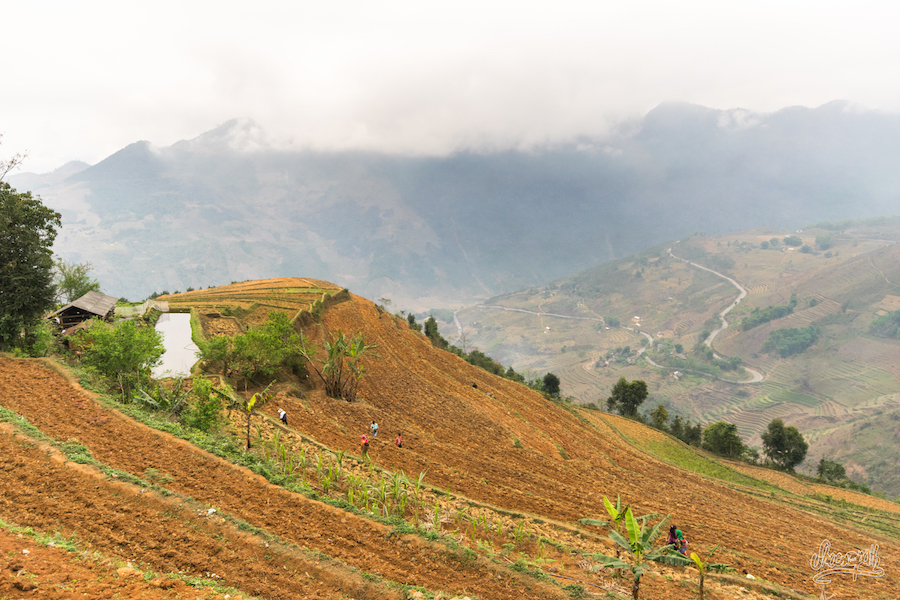

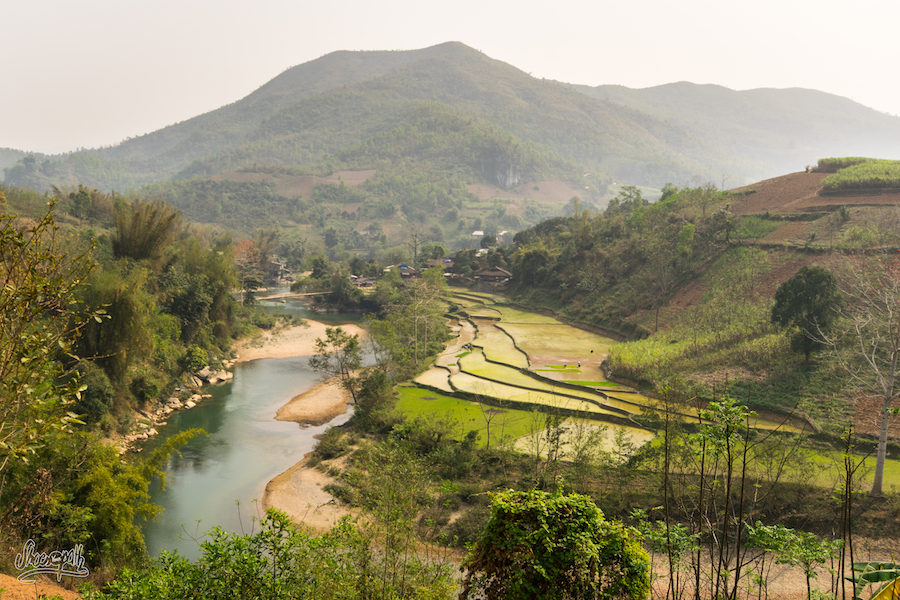
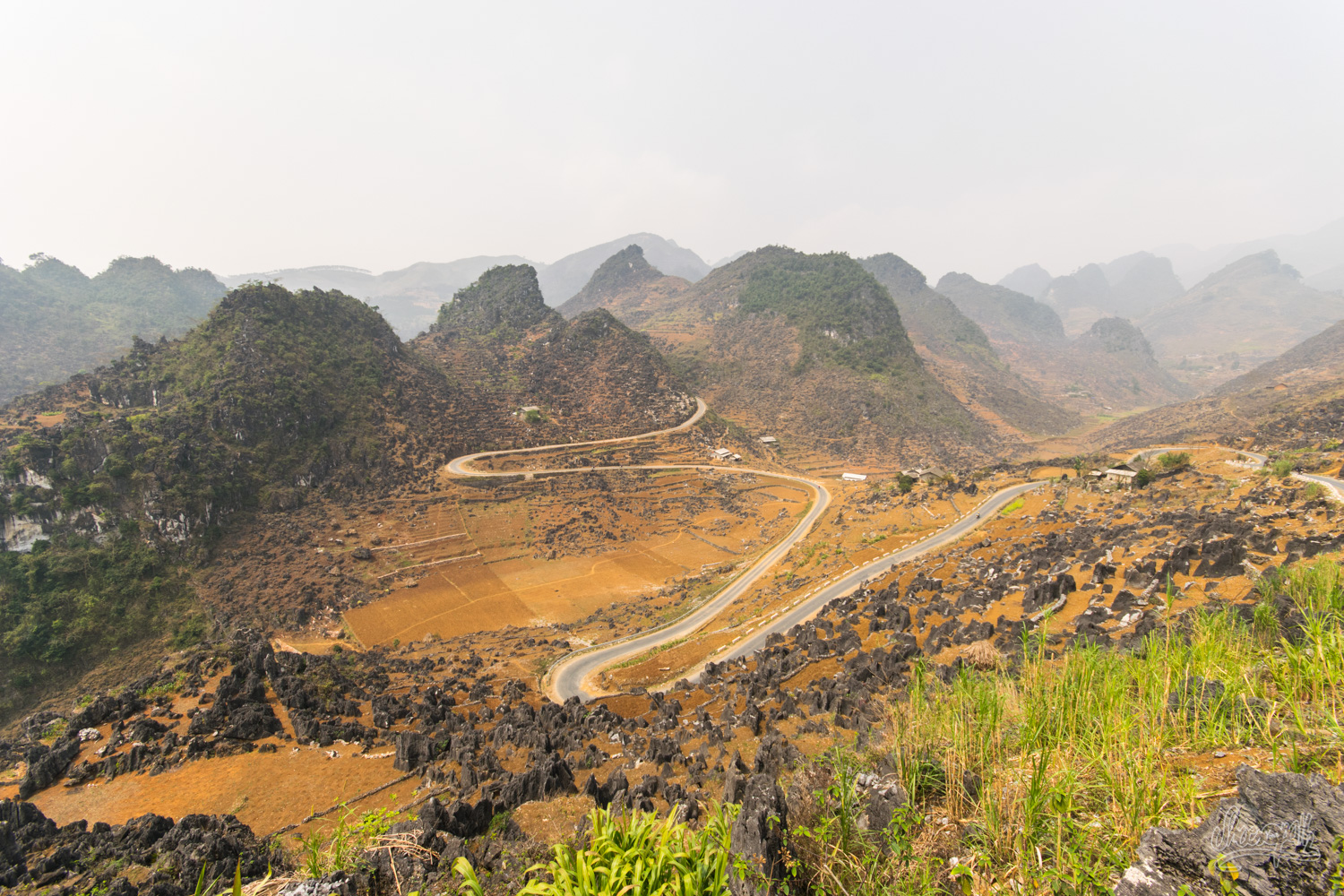
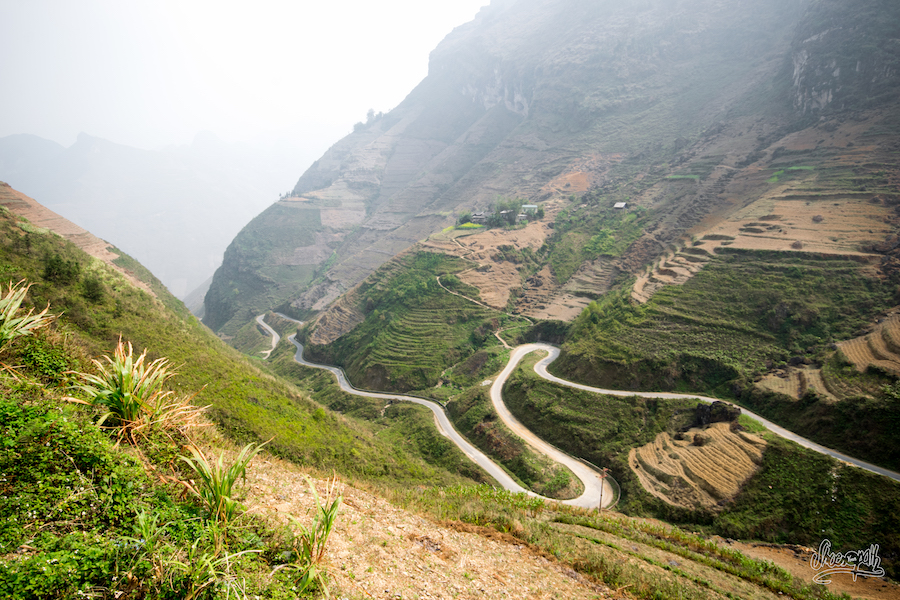
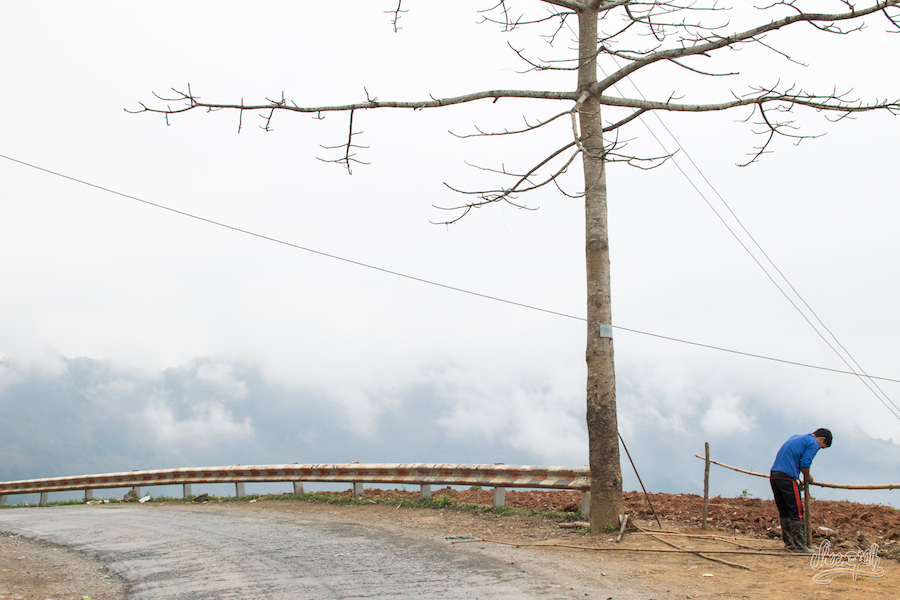
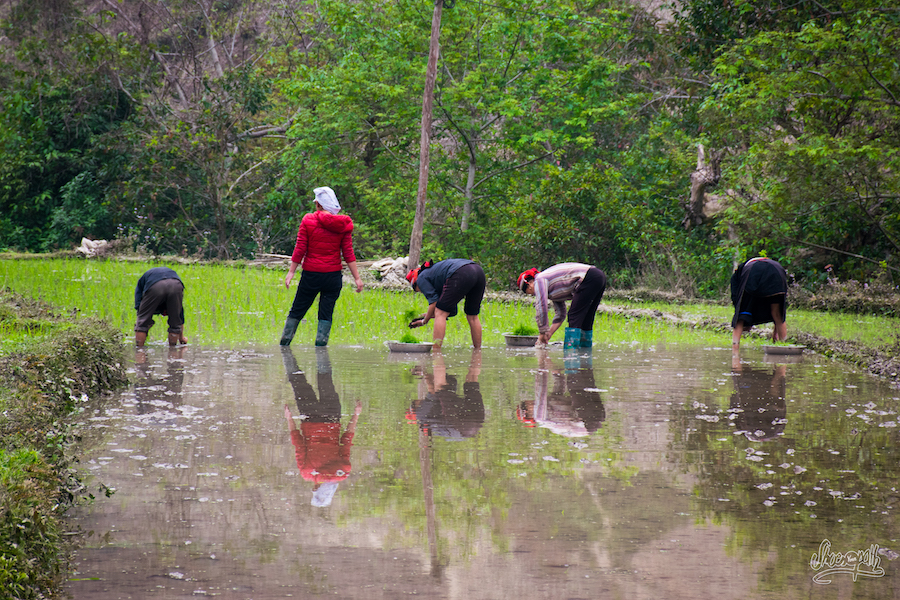
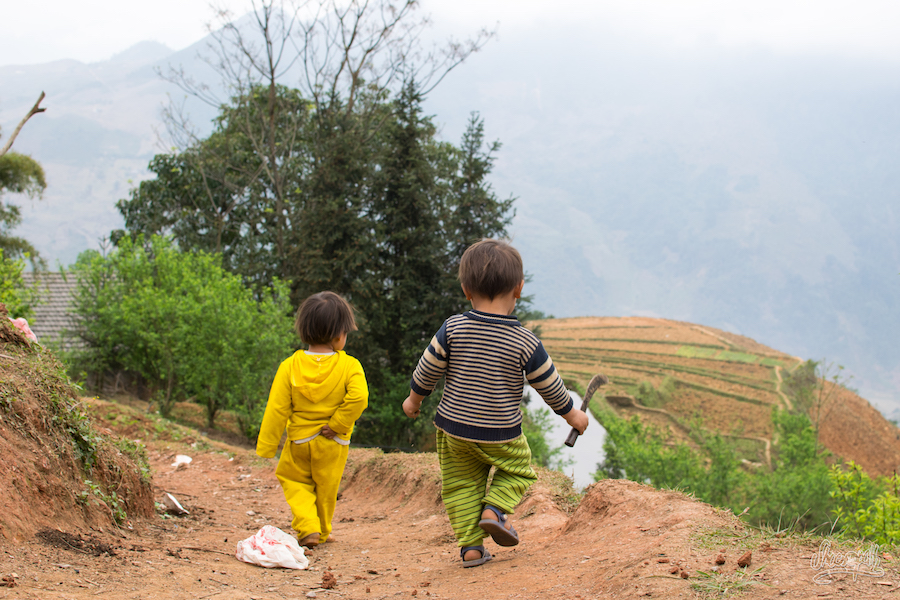
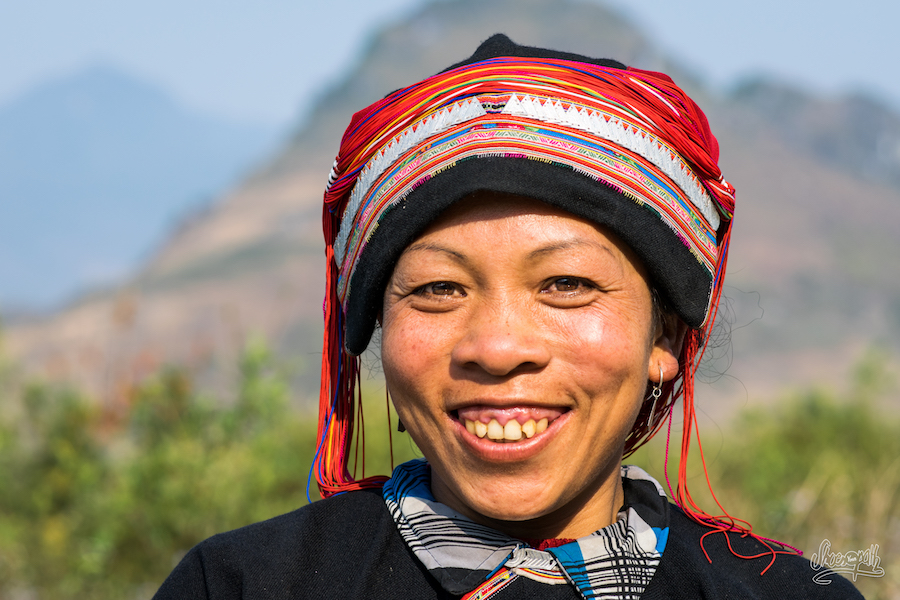
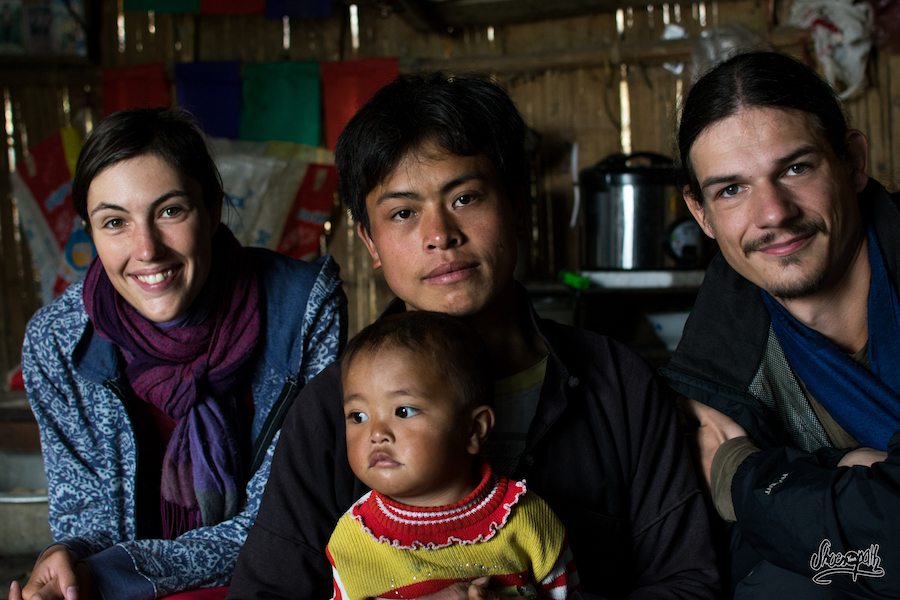
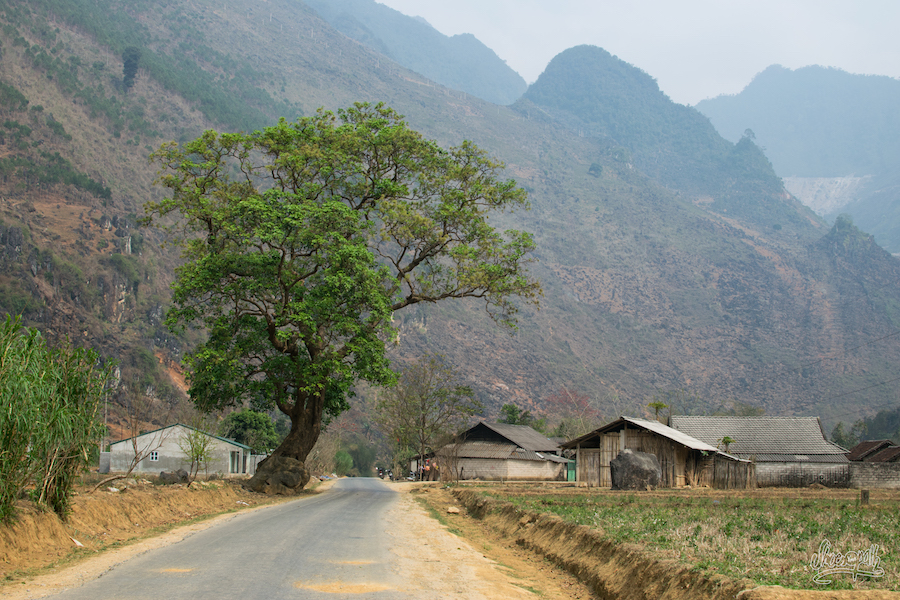
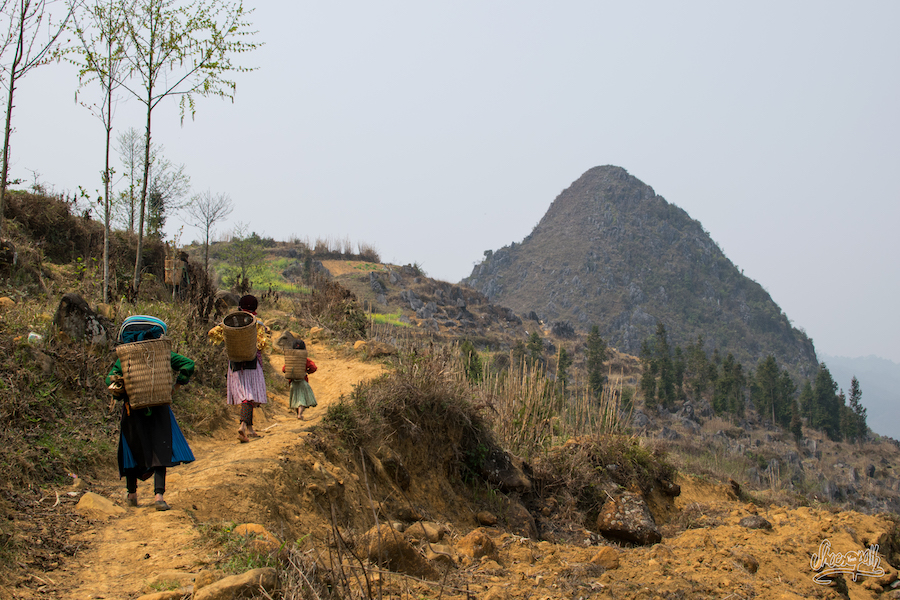
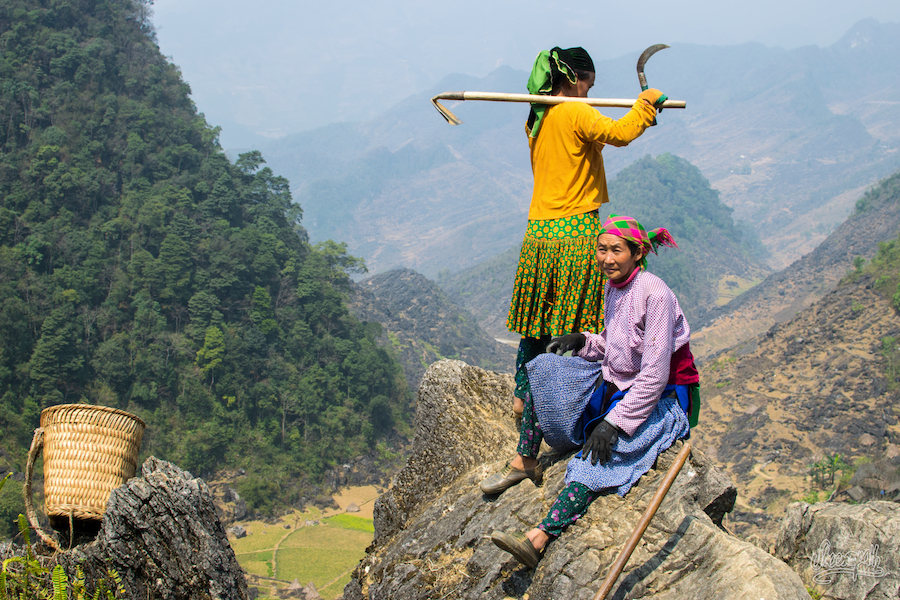
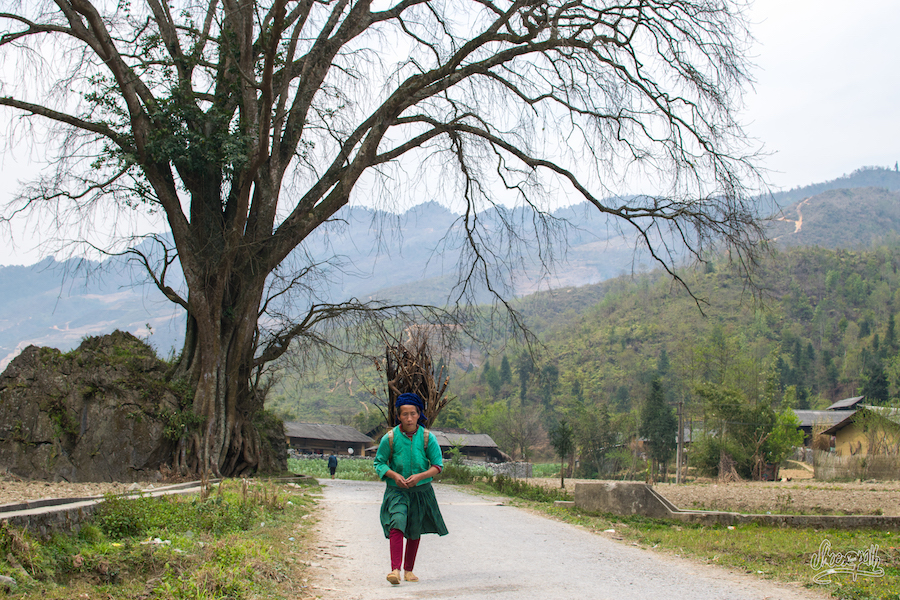
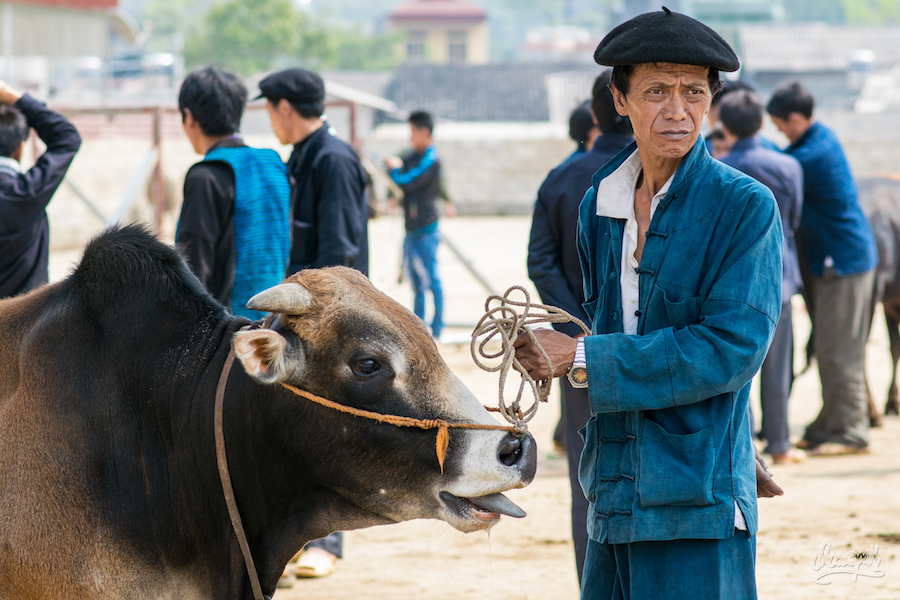
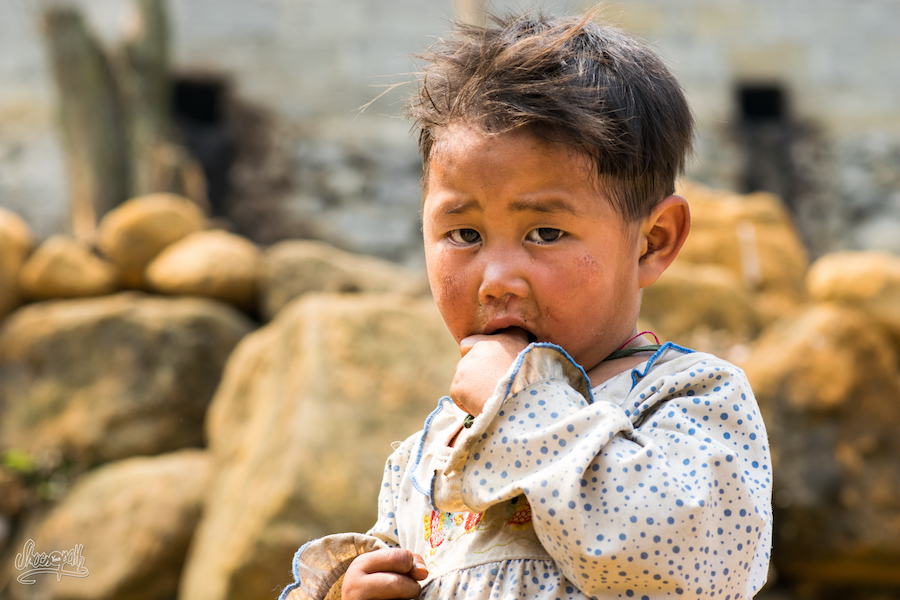
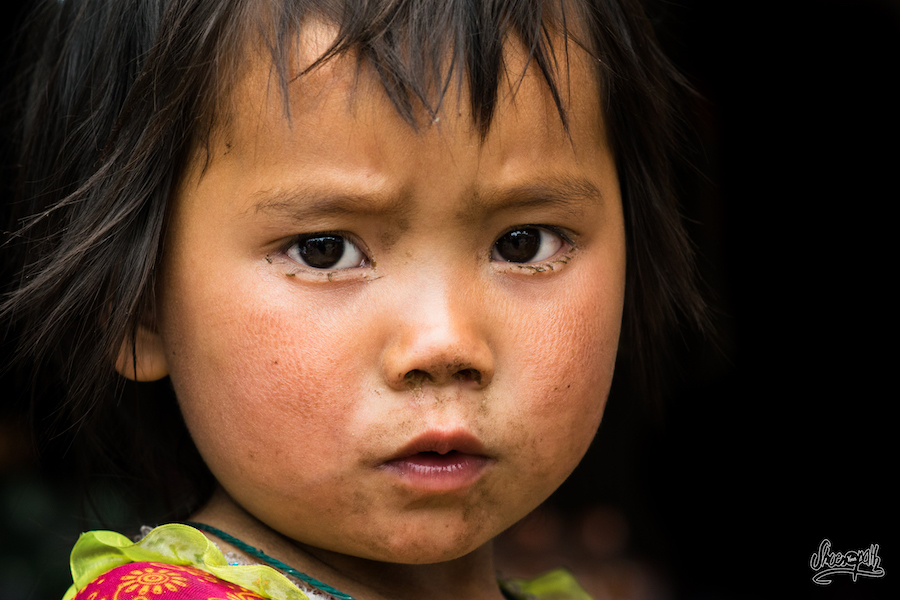

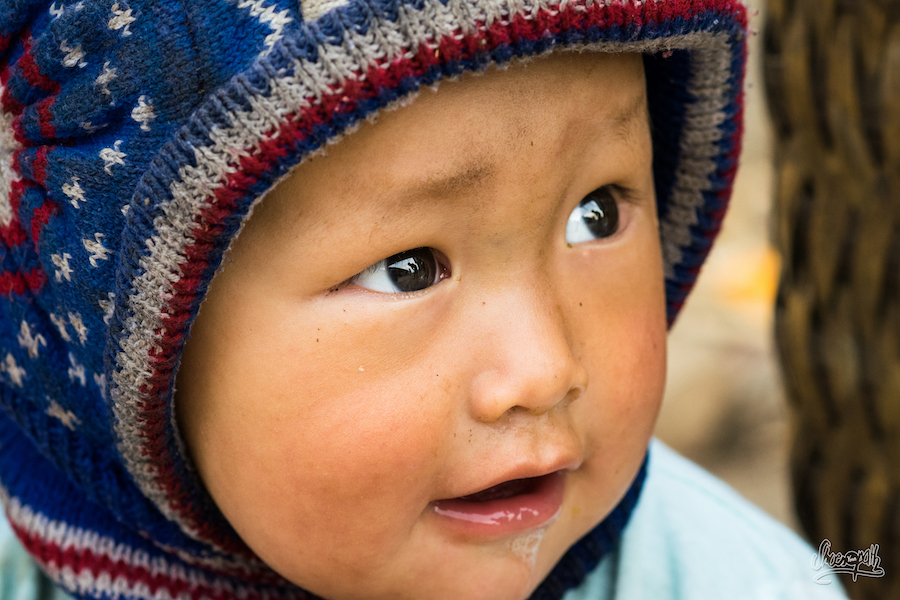
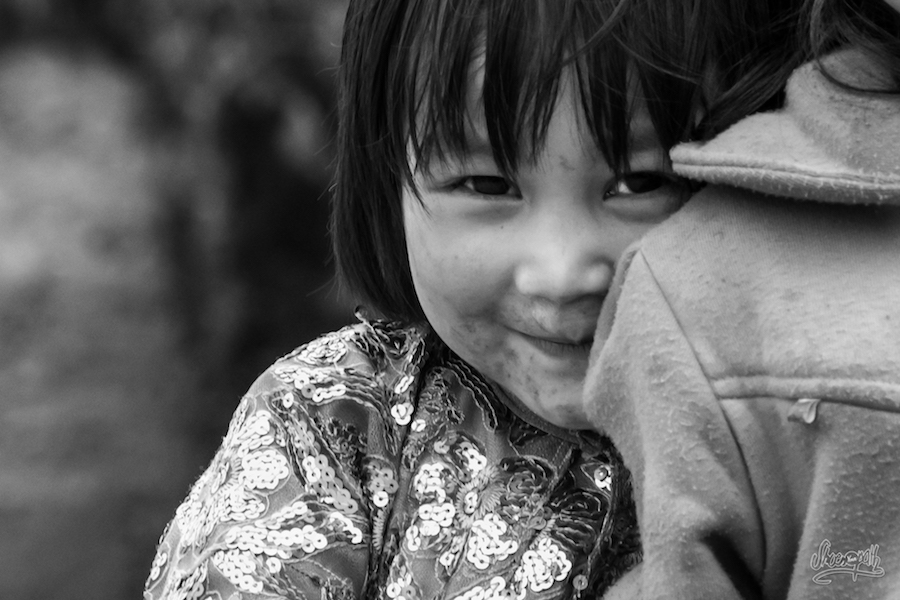
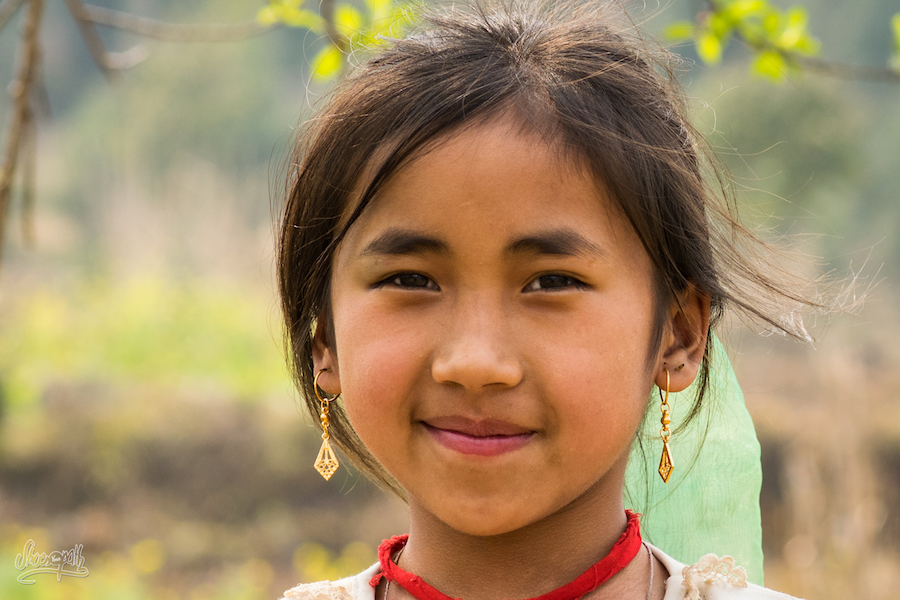
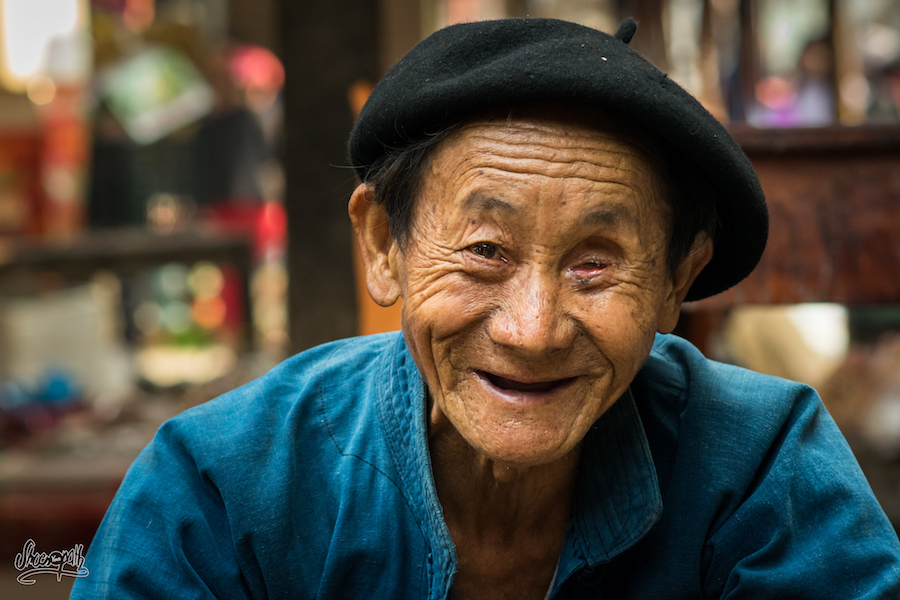
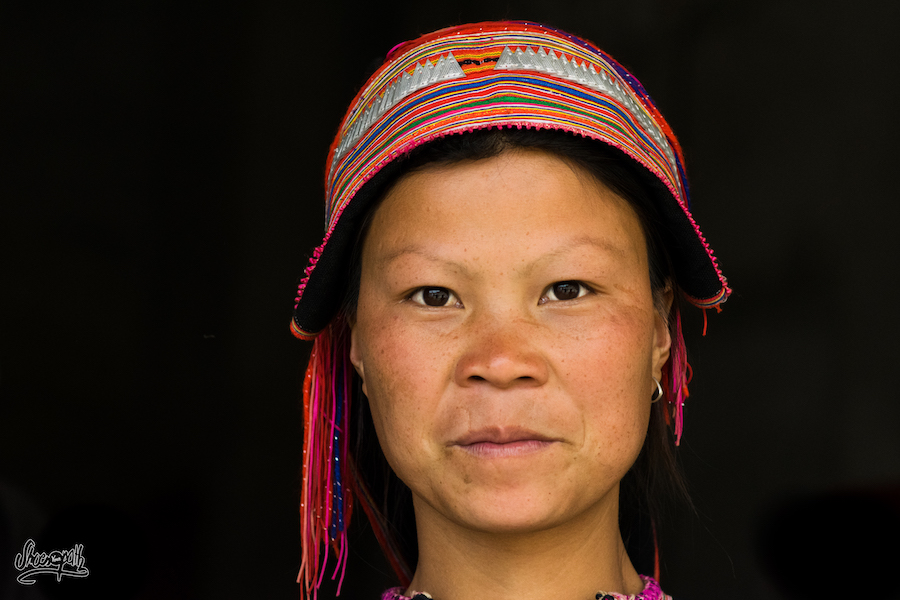
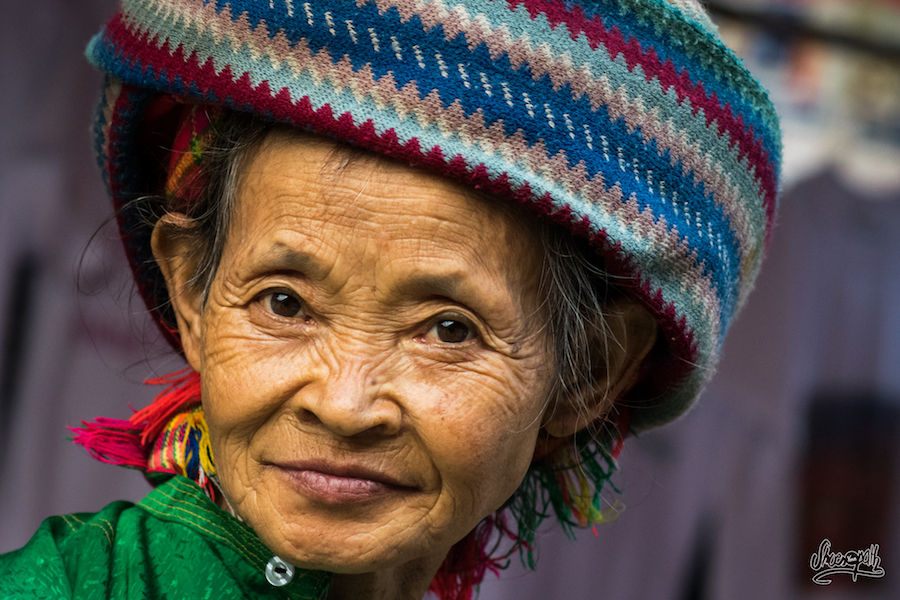
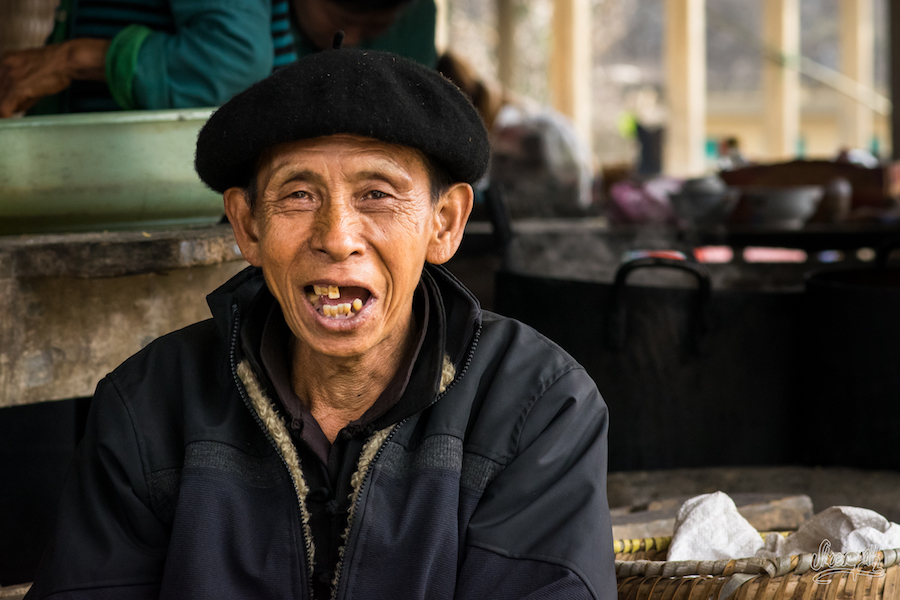
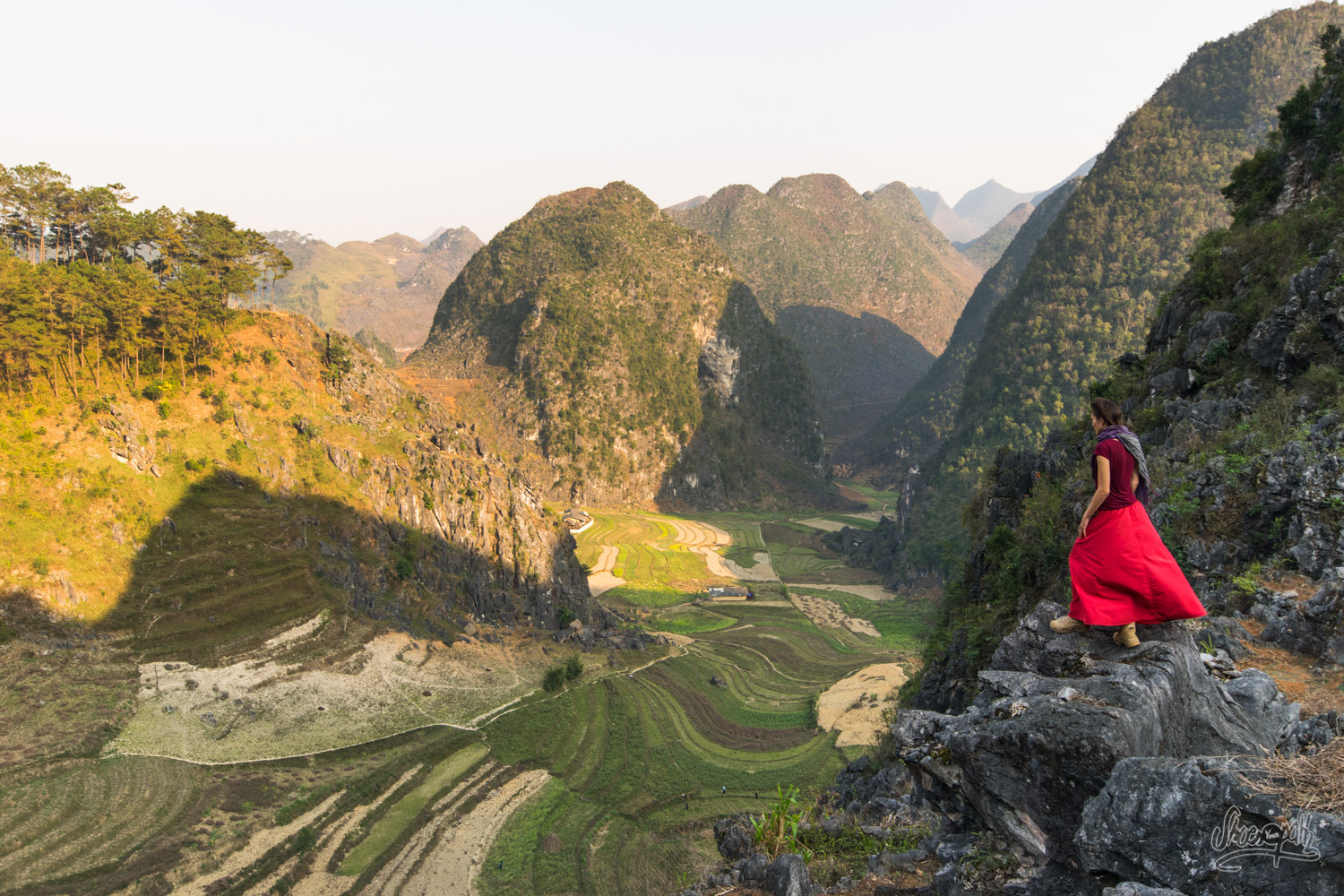
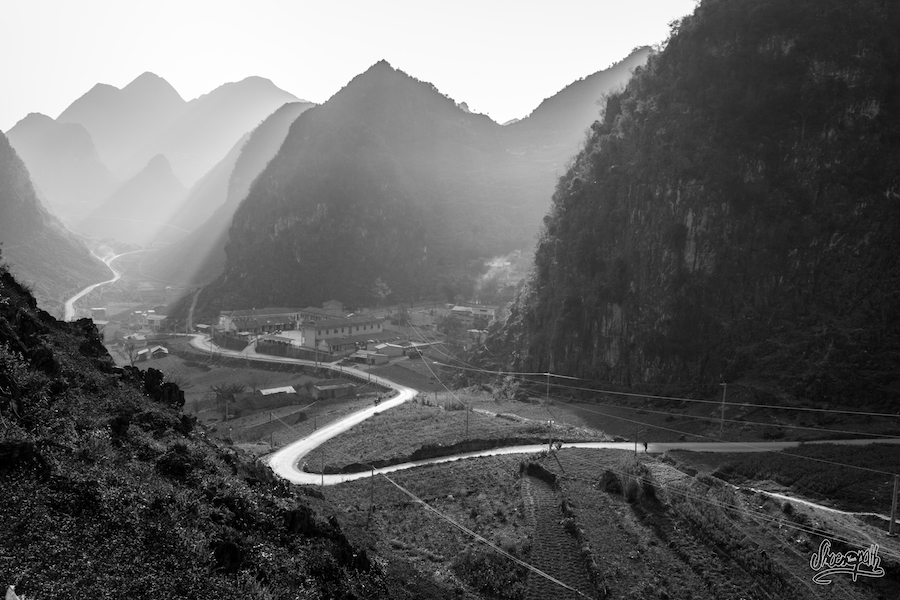
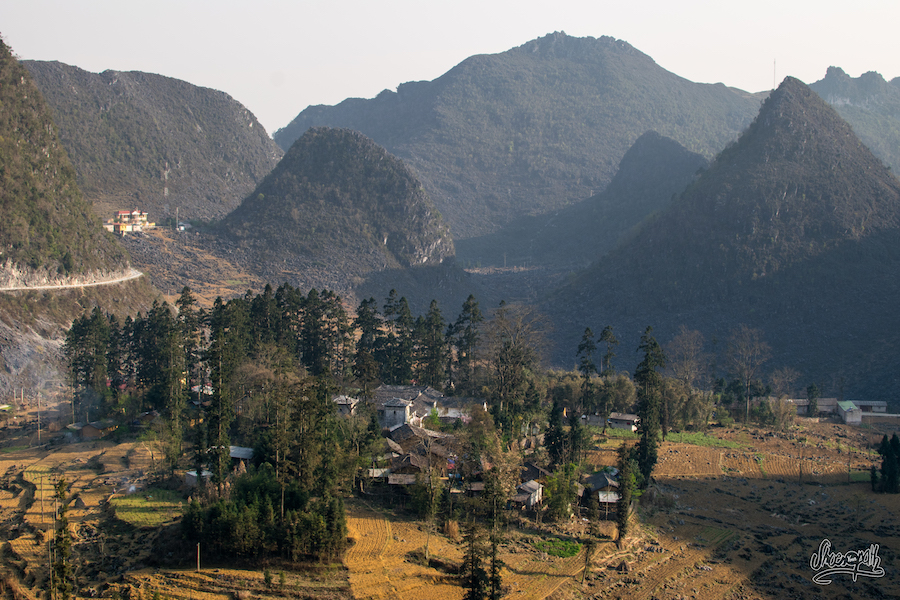
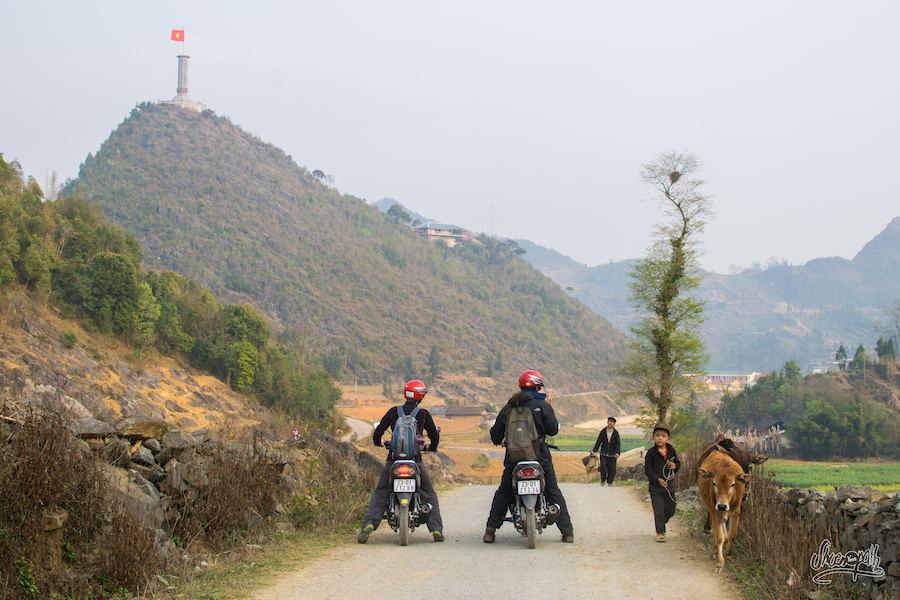
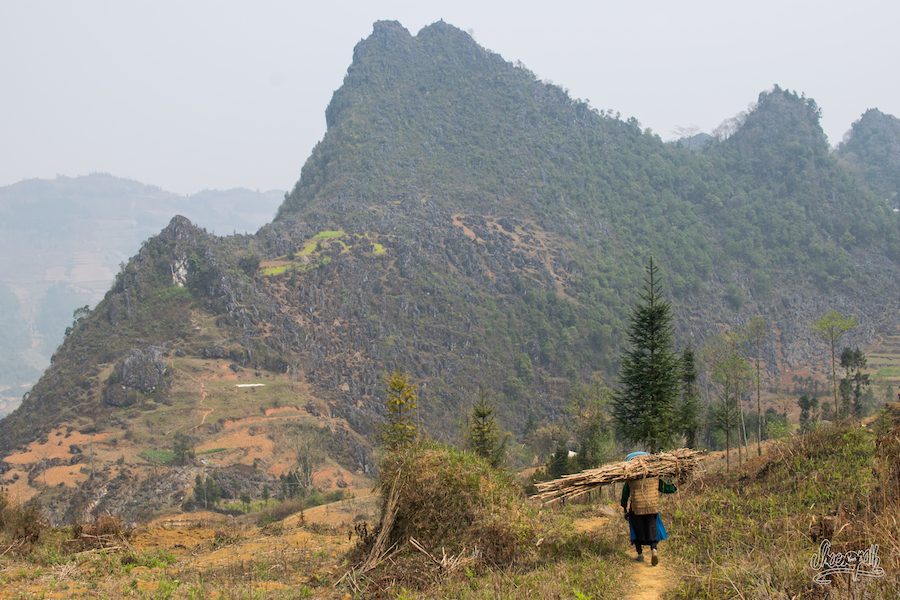
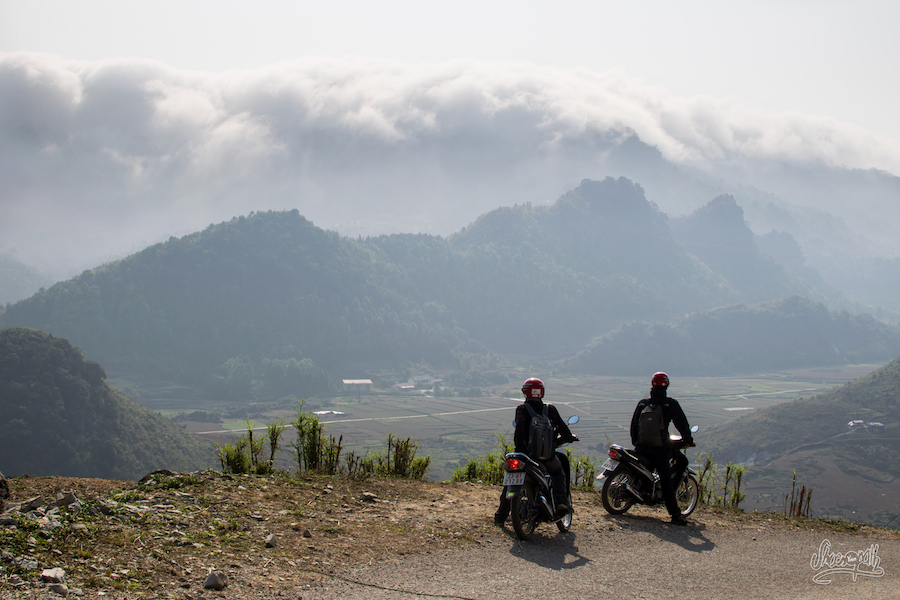
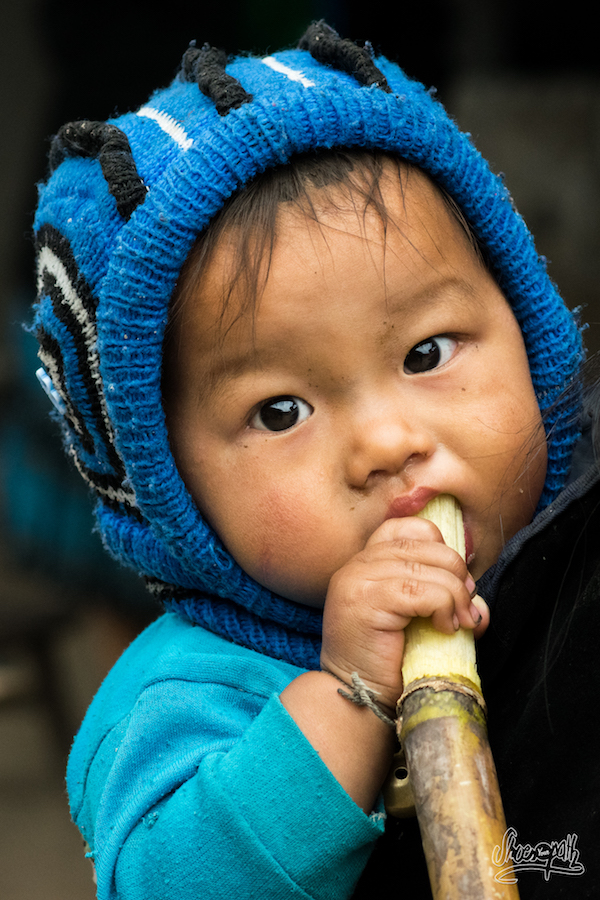
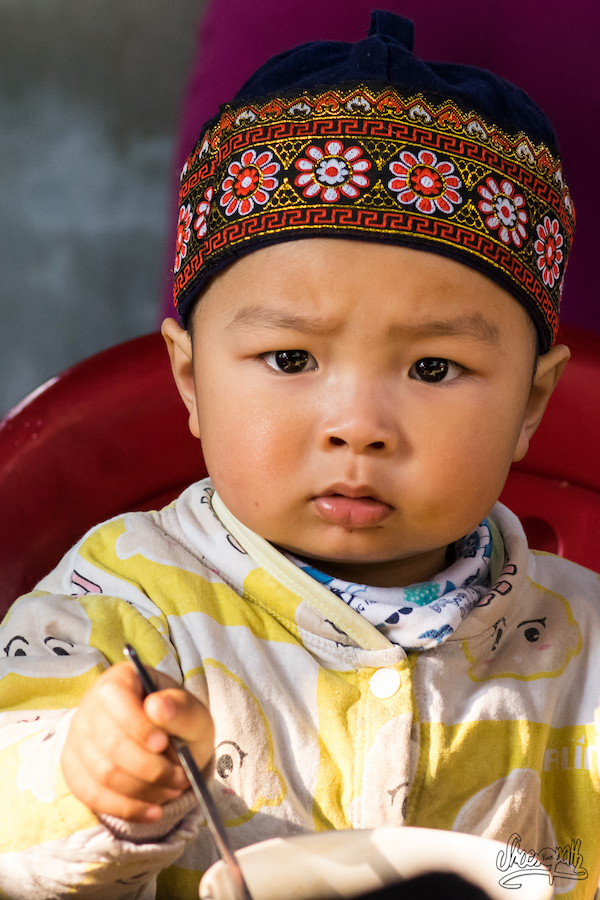
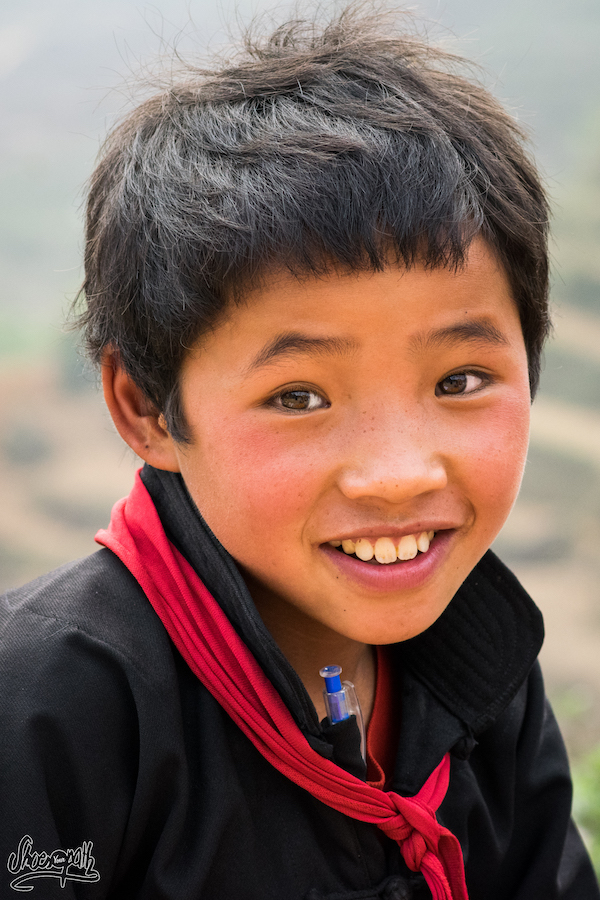
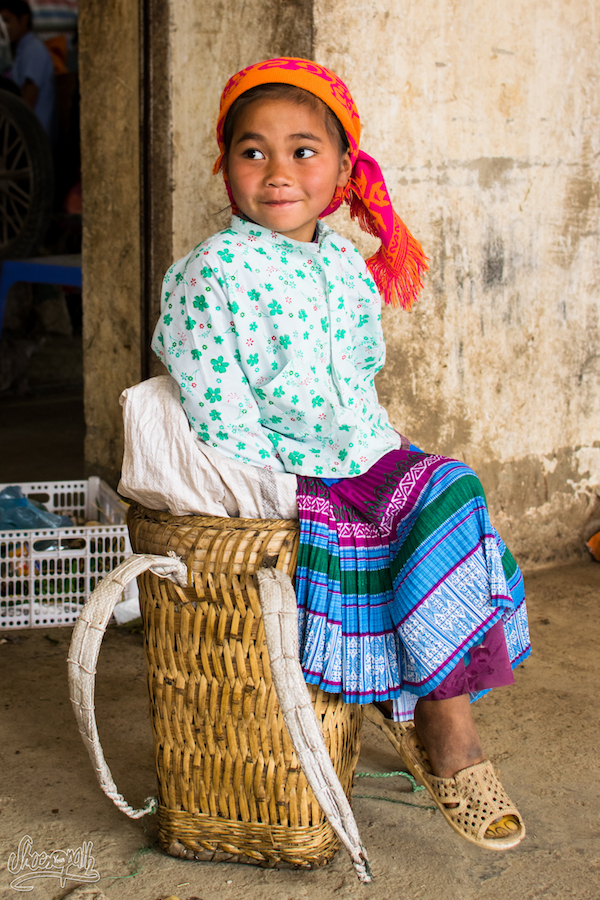
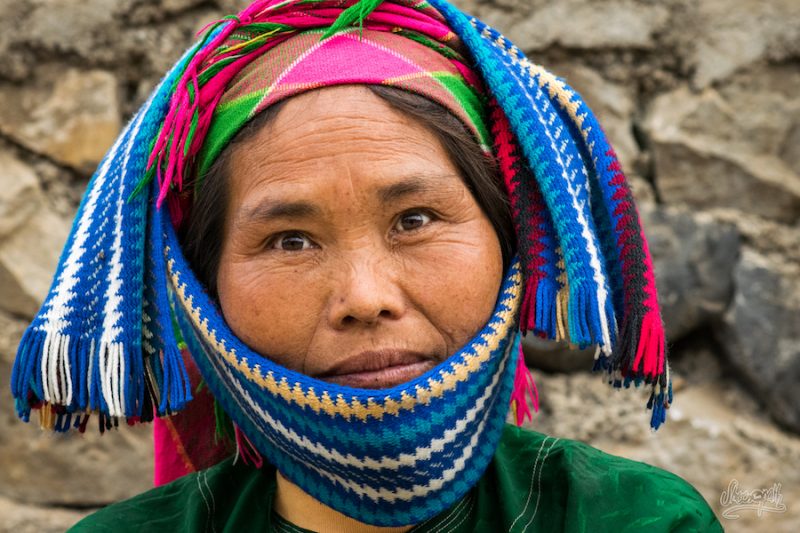
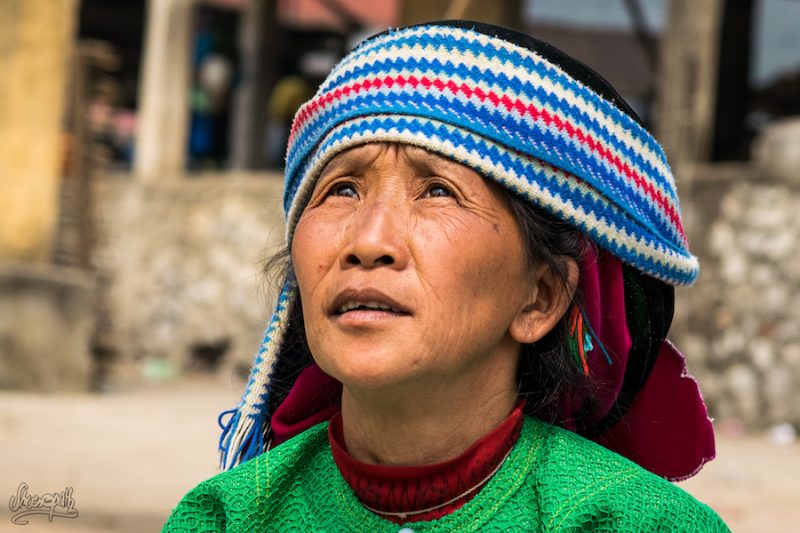
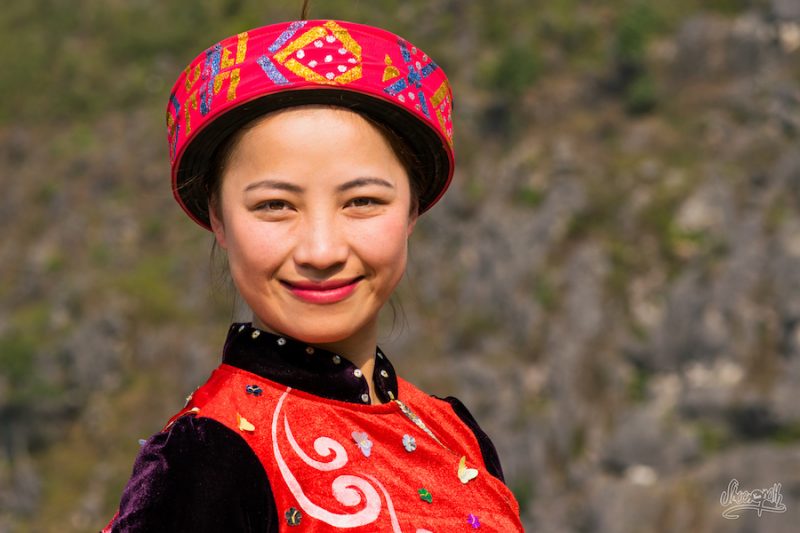
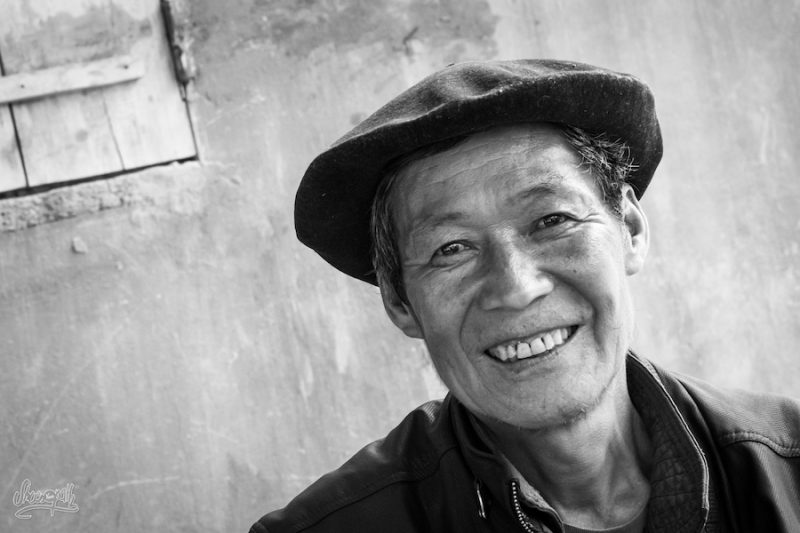
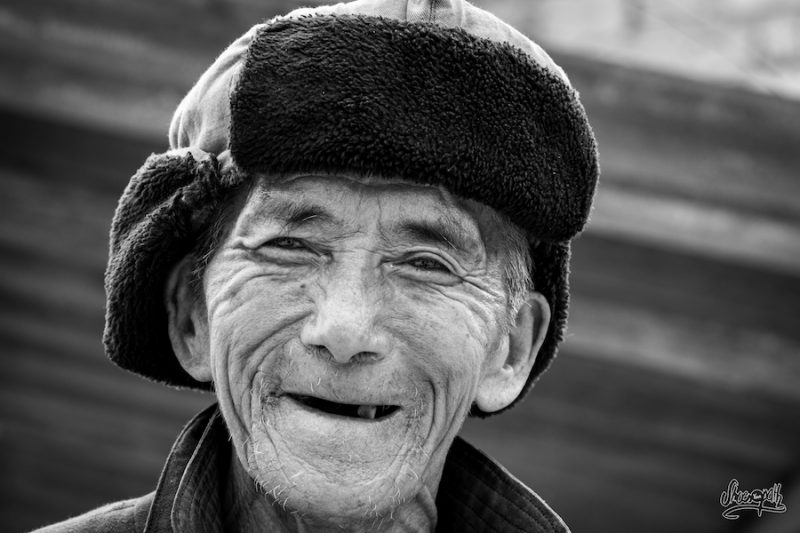
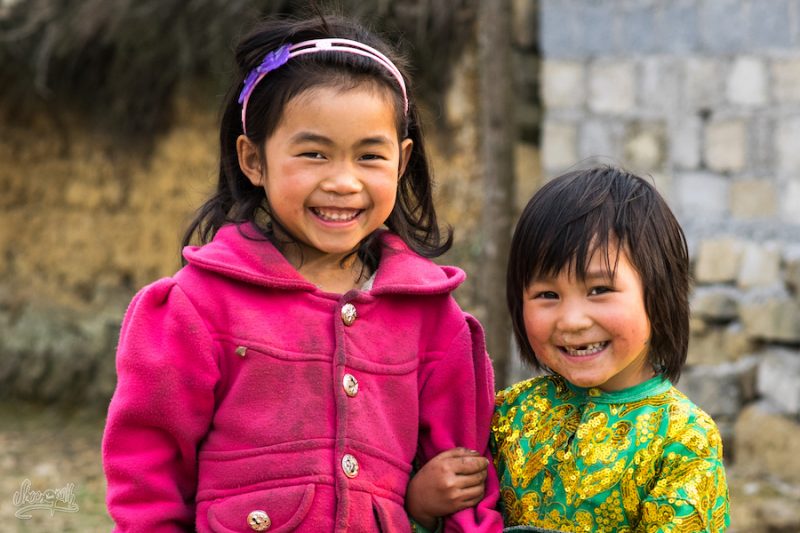
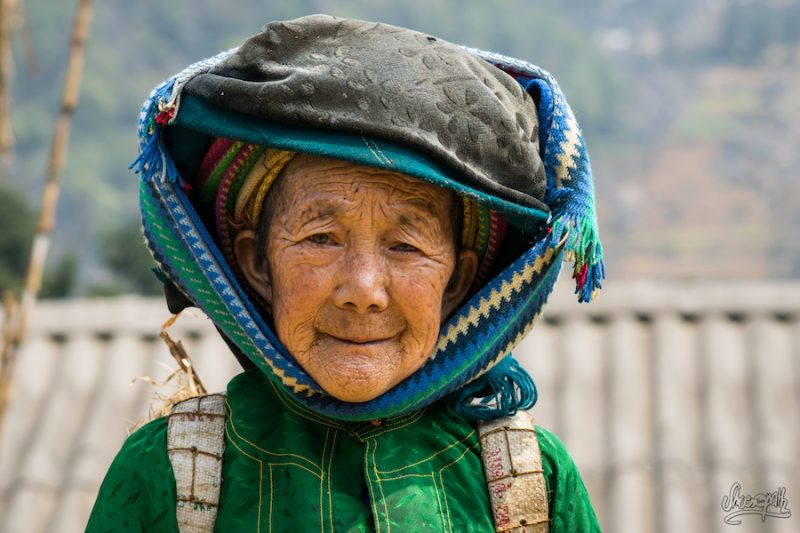
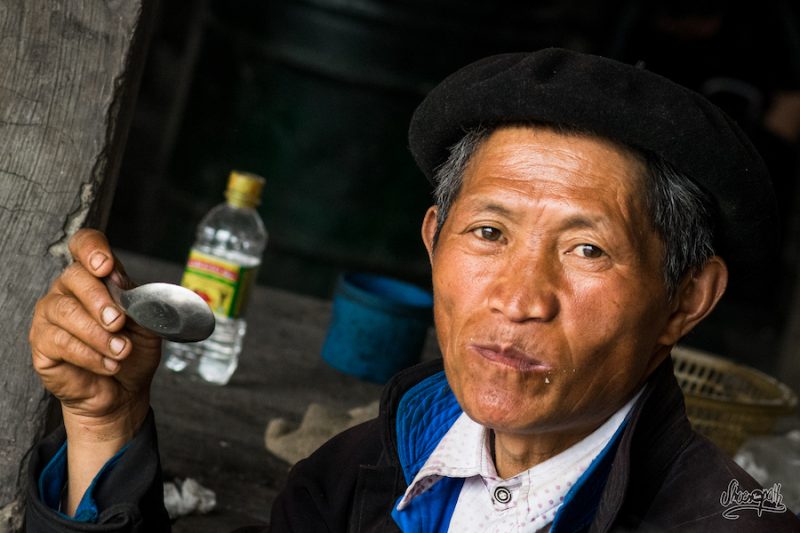
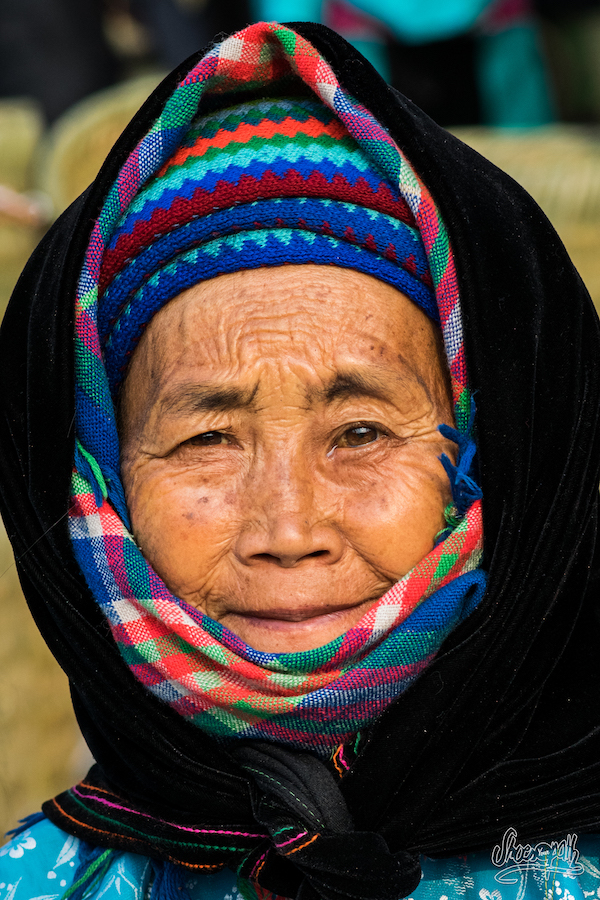
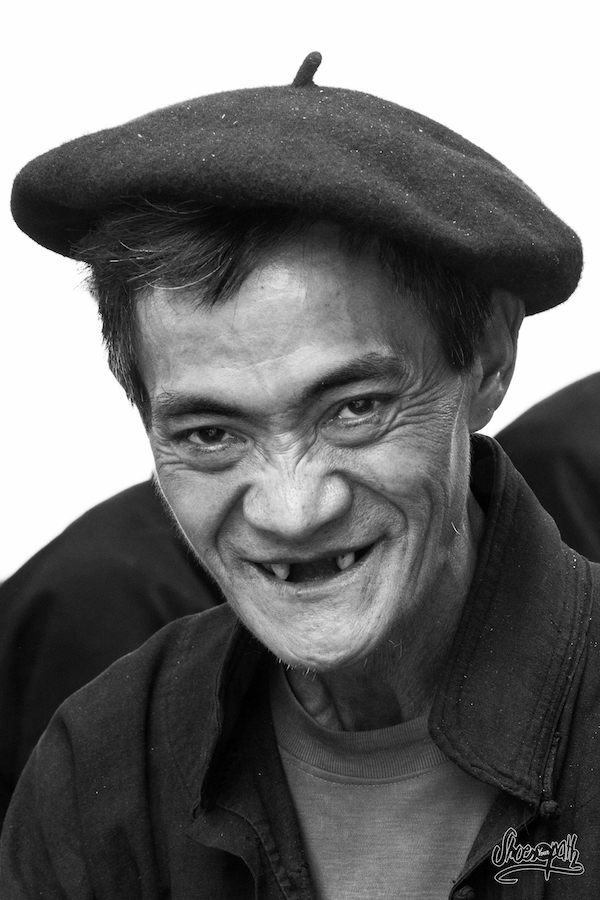
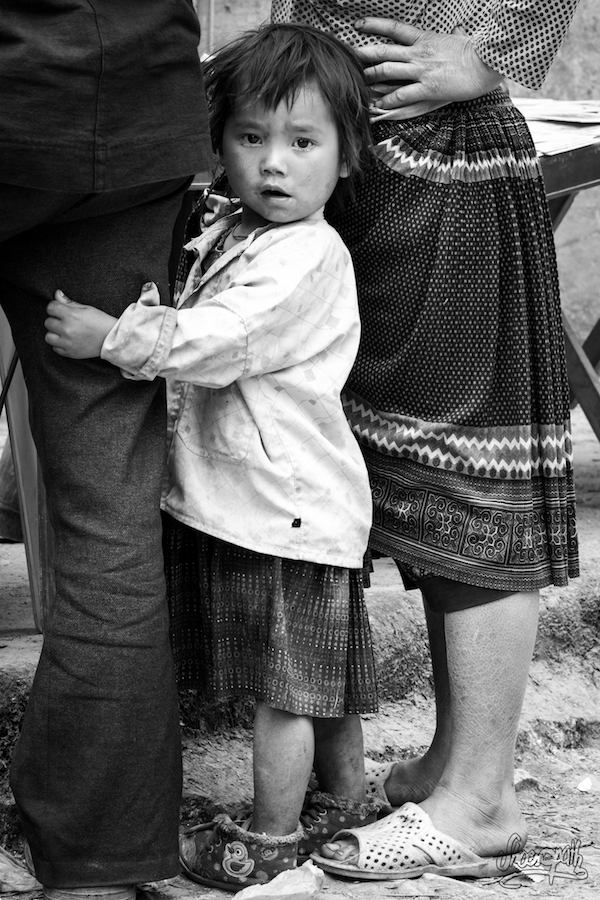
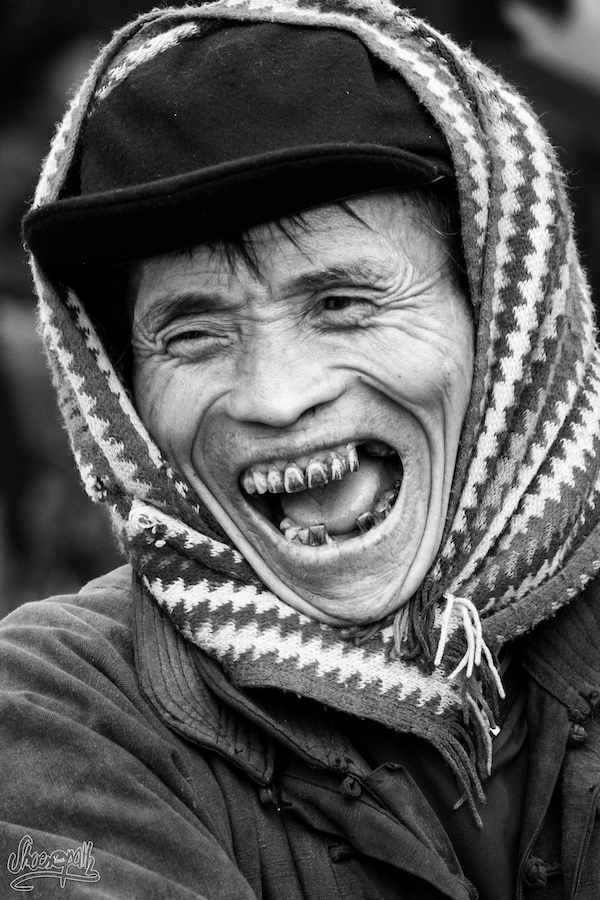
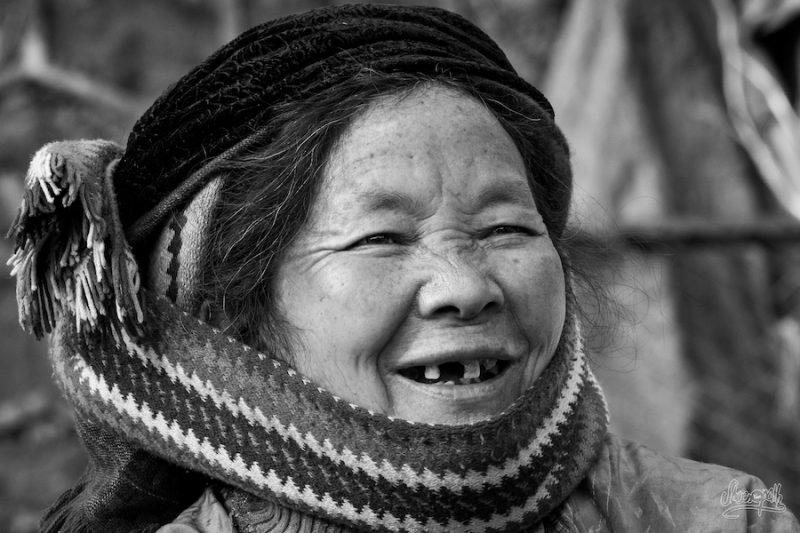
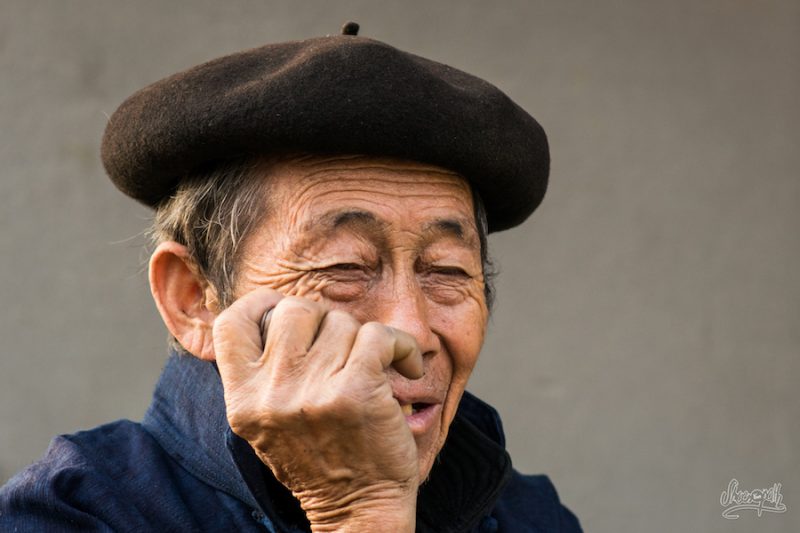
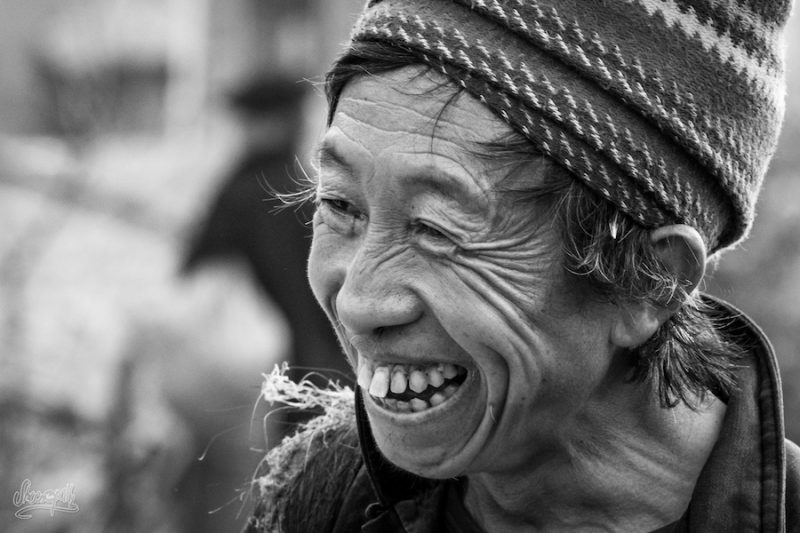
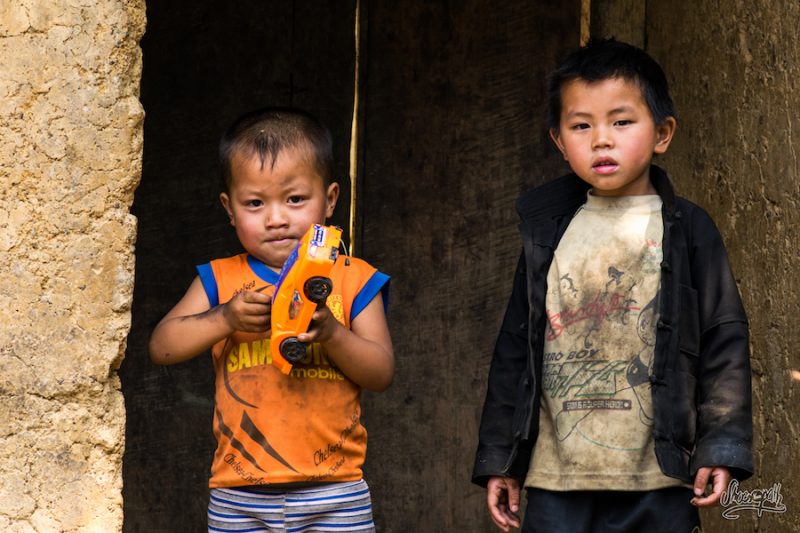
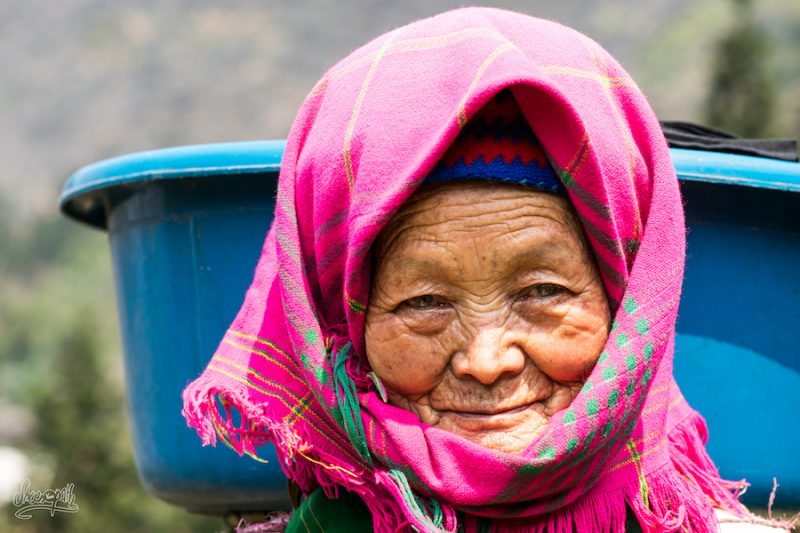
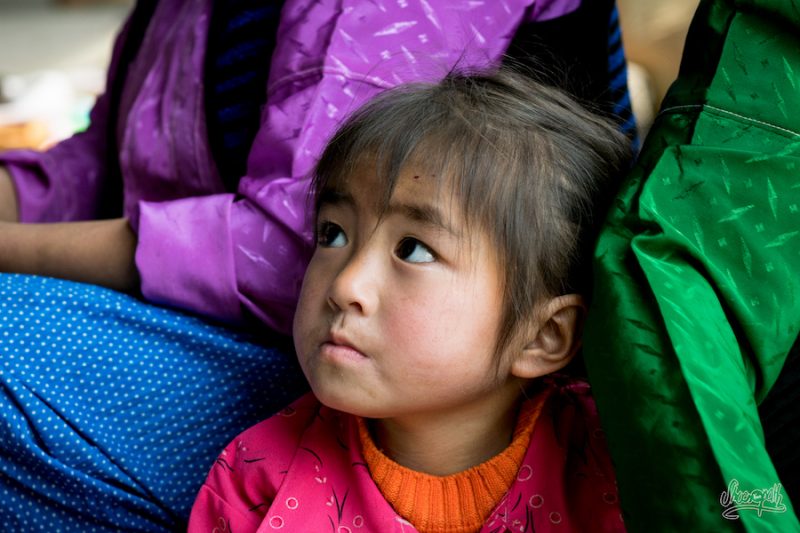
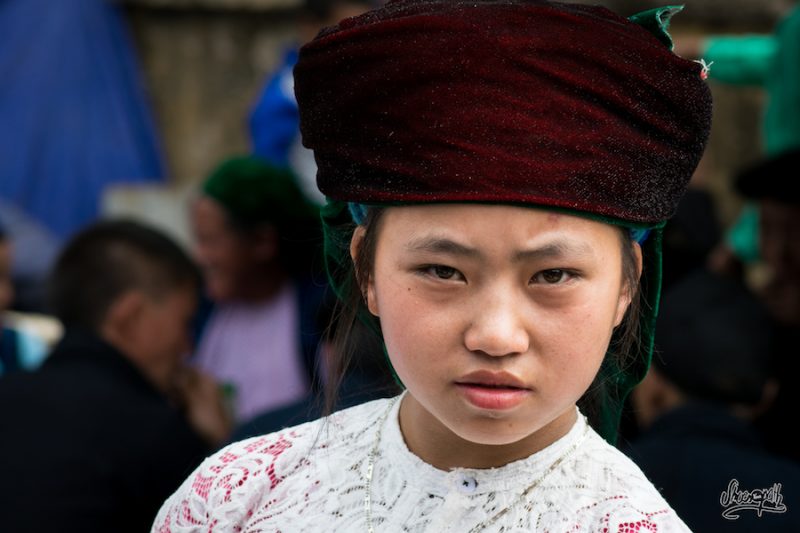
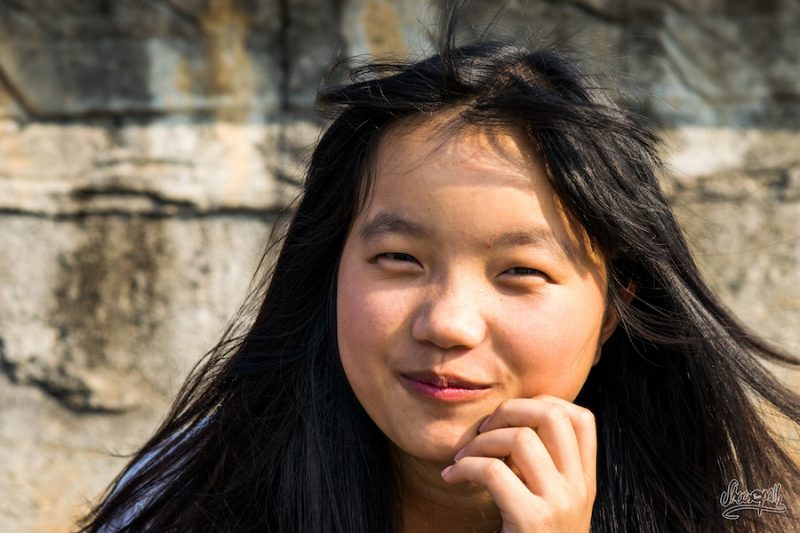
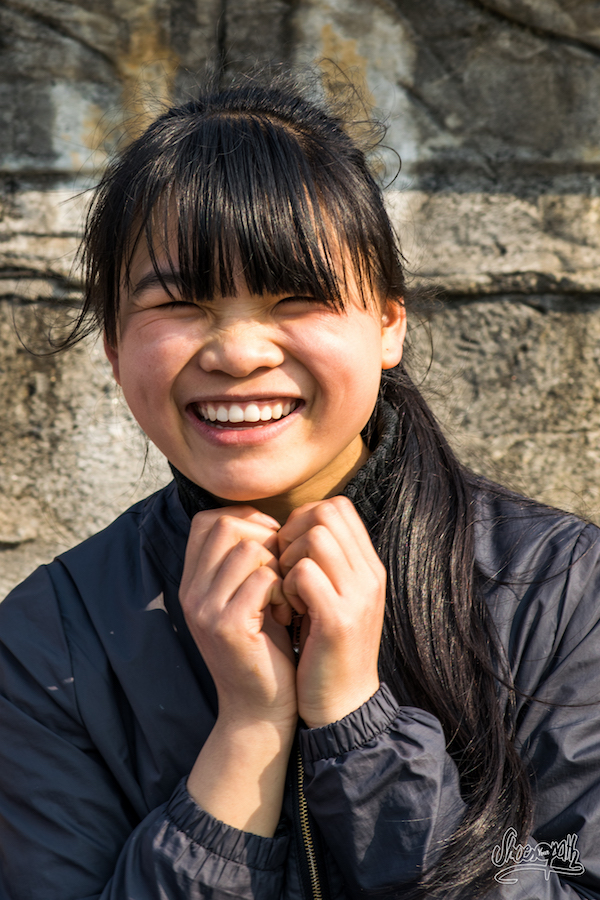
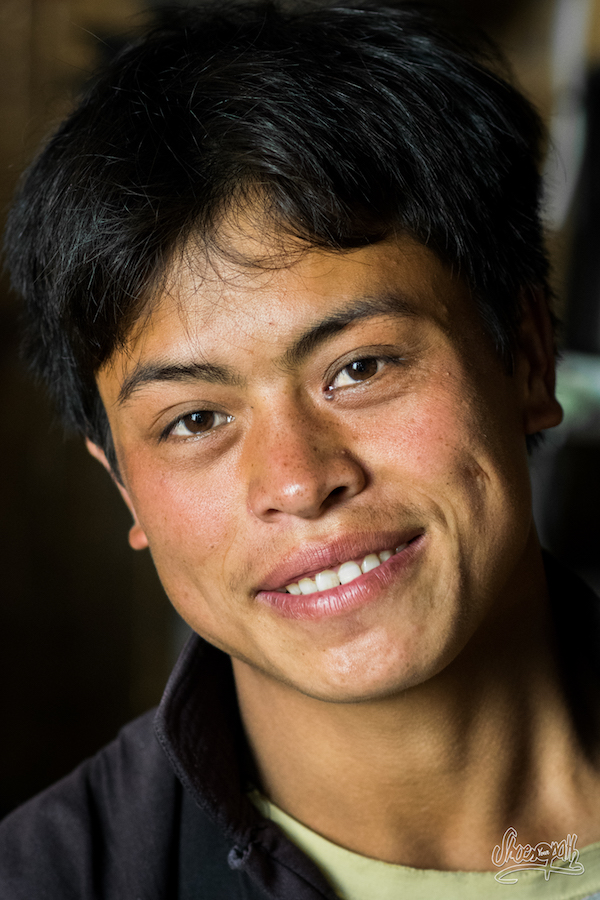
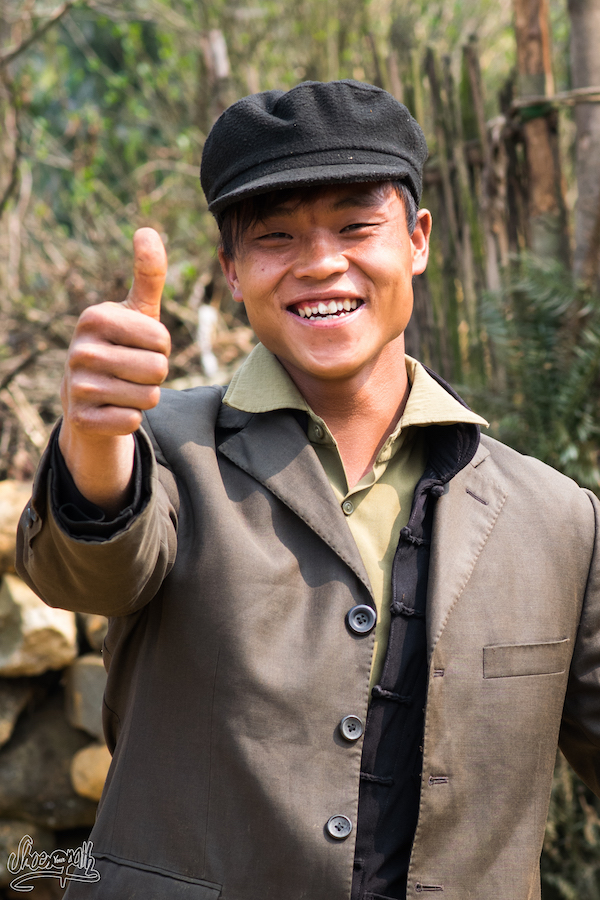
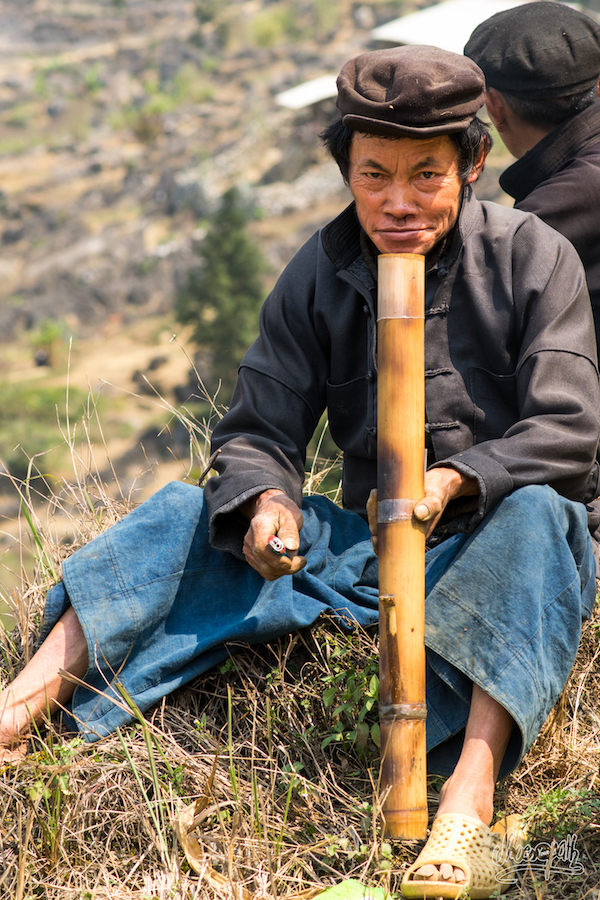
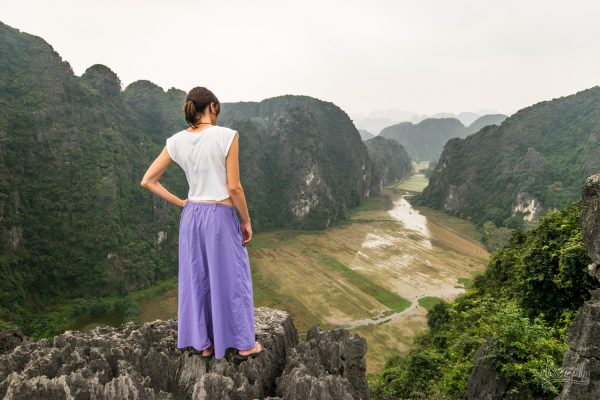
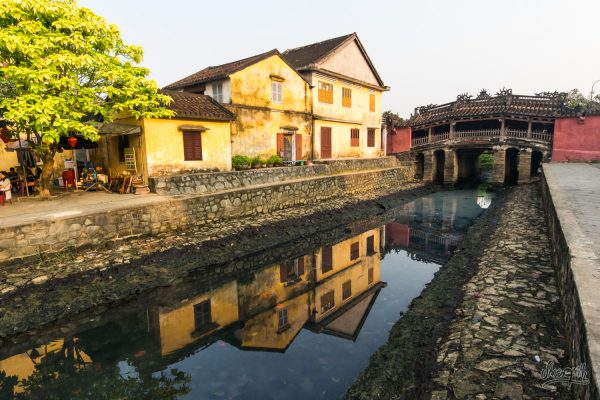
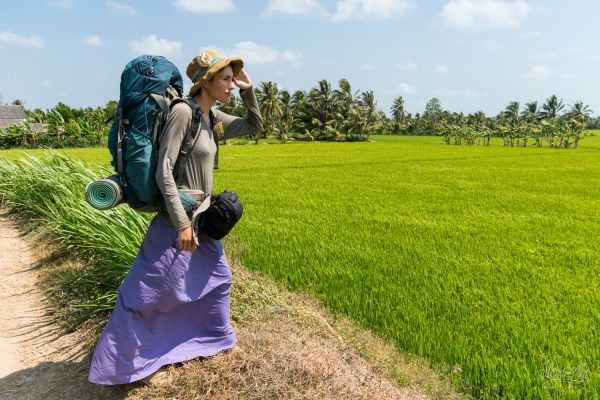
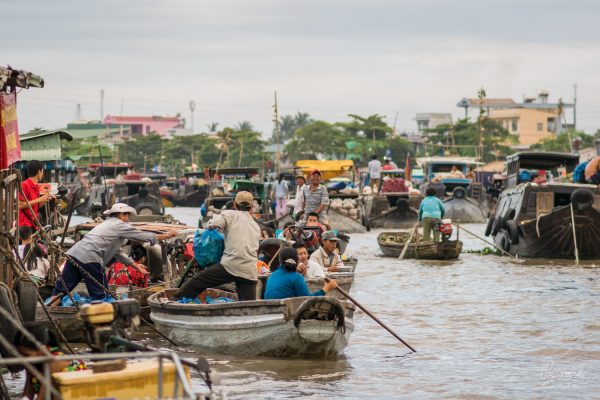
Thanks for the pictures!
unfortunately, Vietnamese people don’t take care of their trash very well.